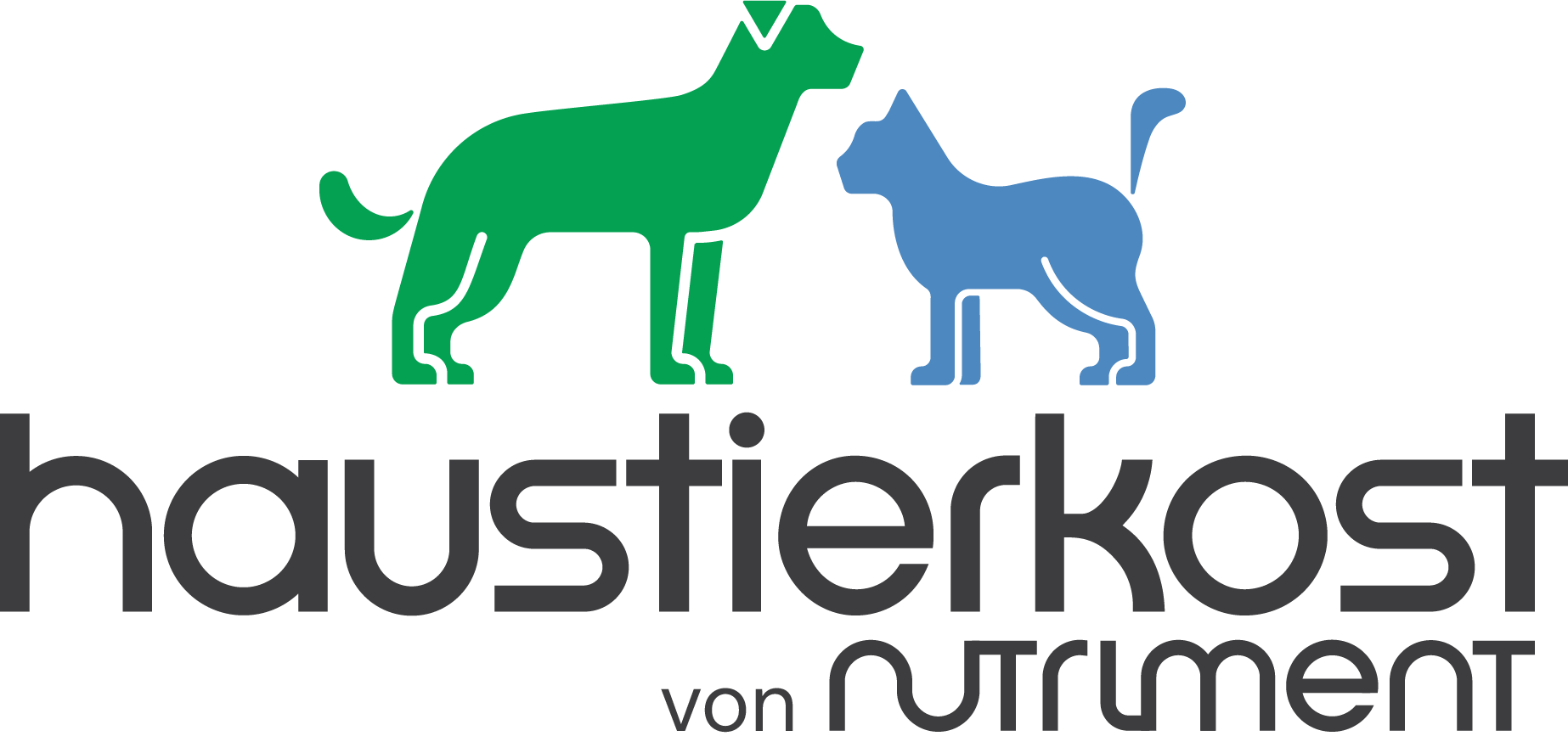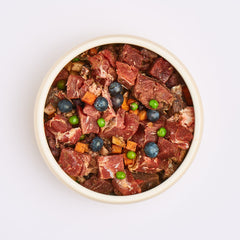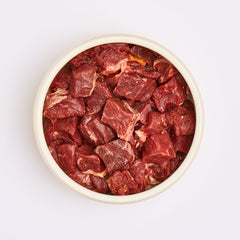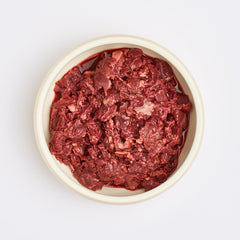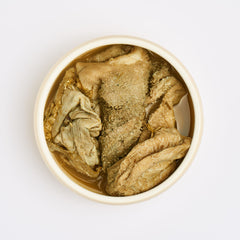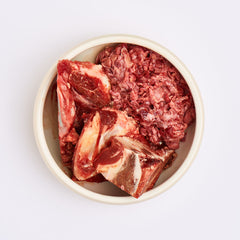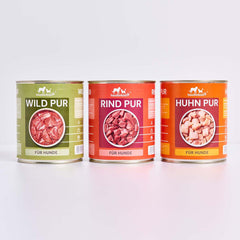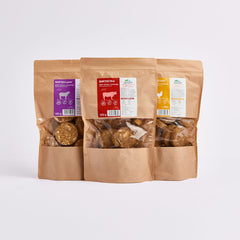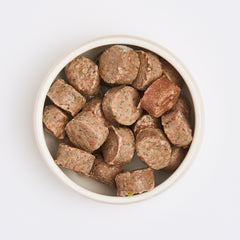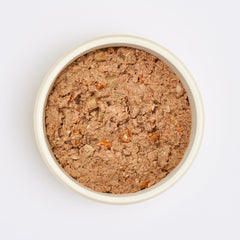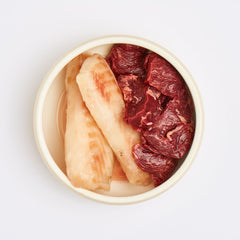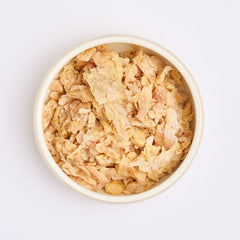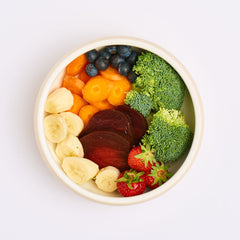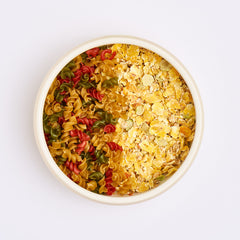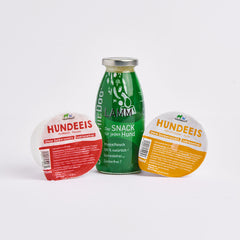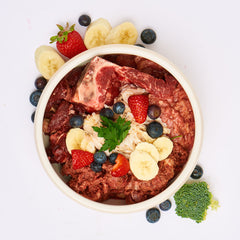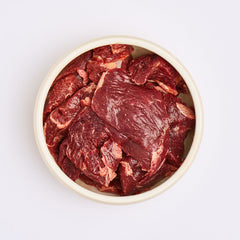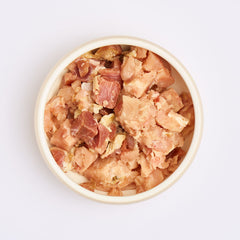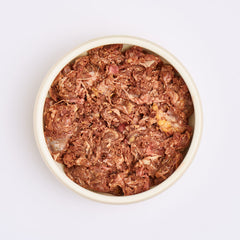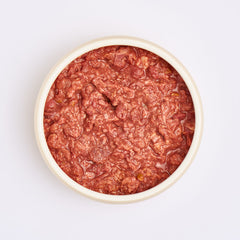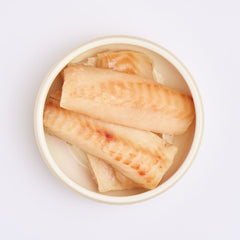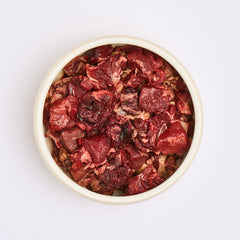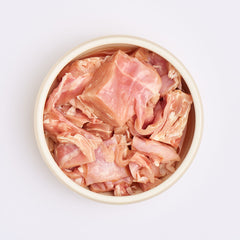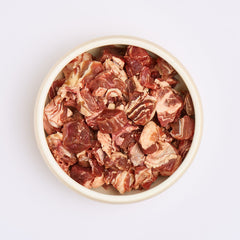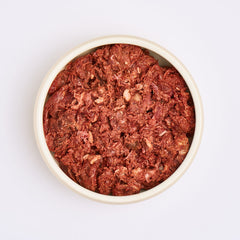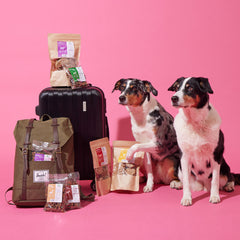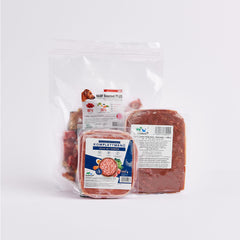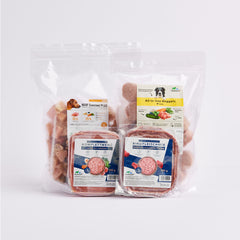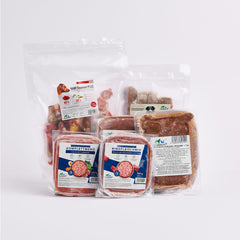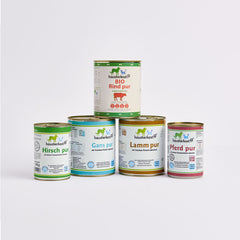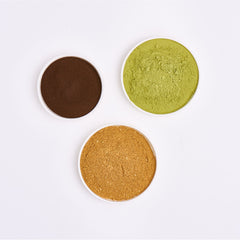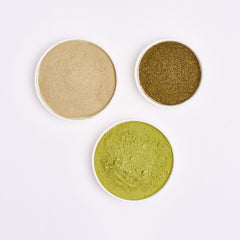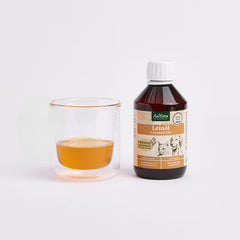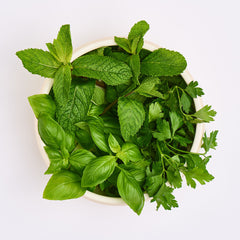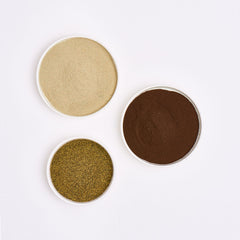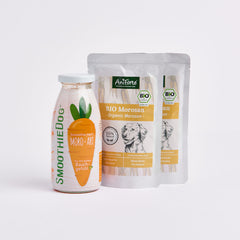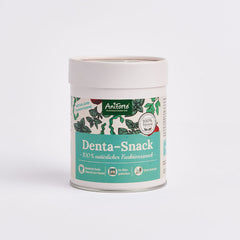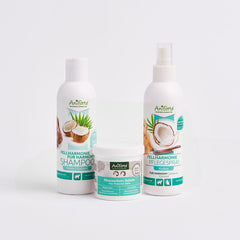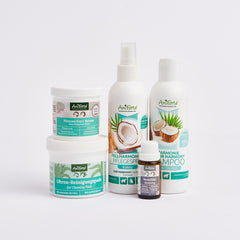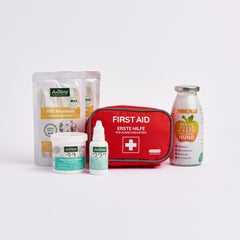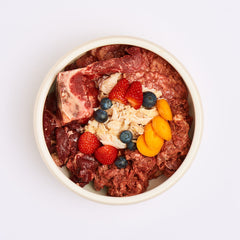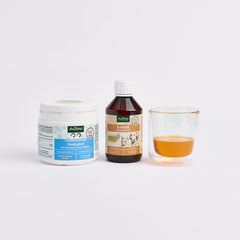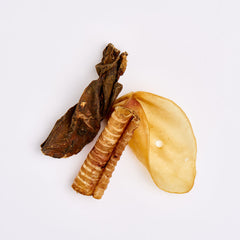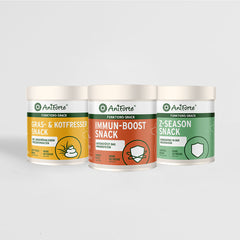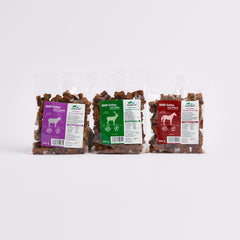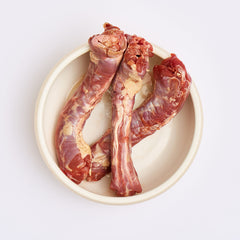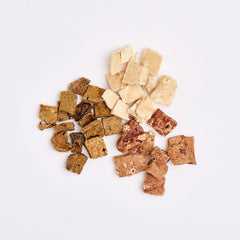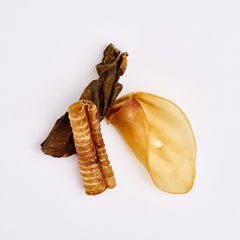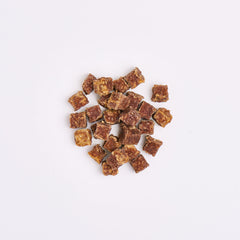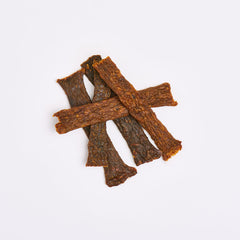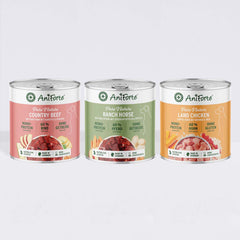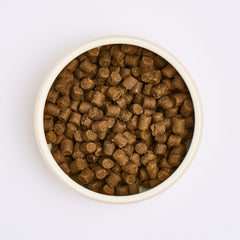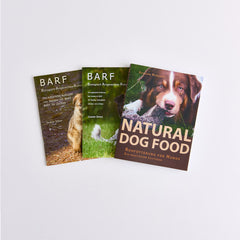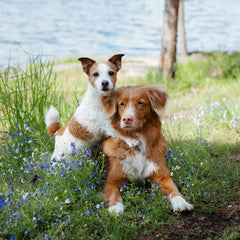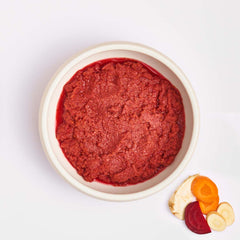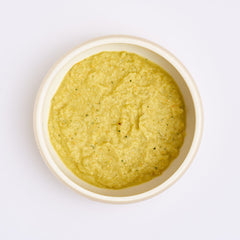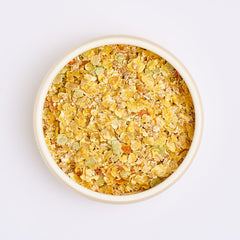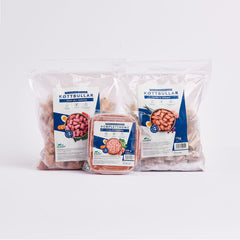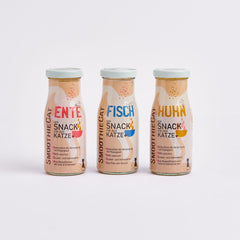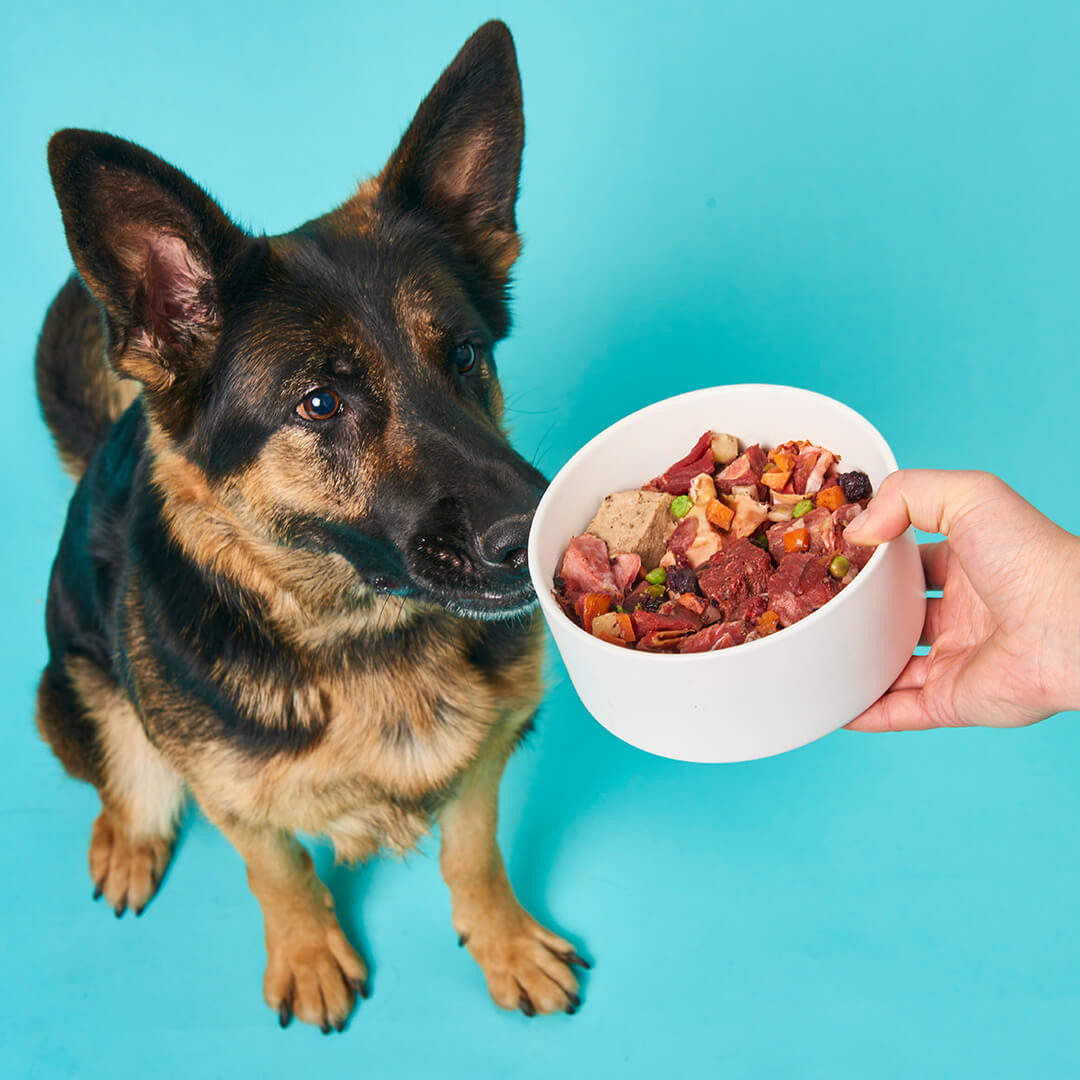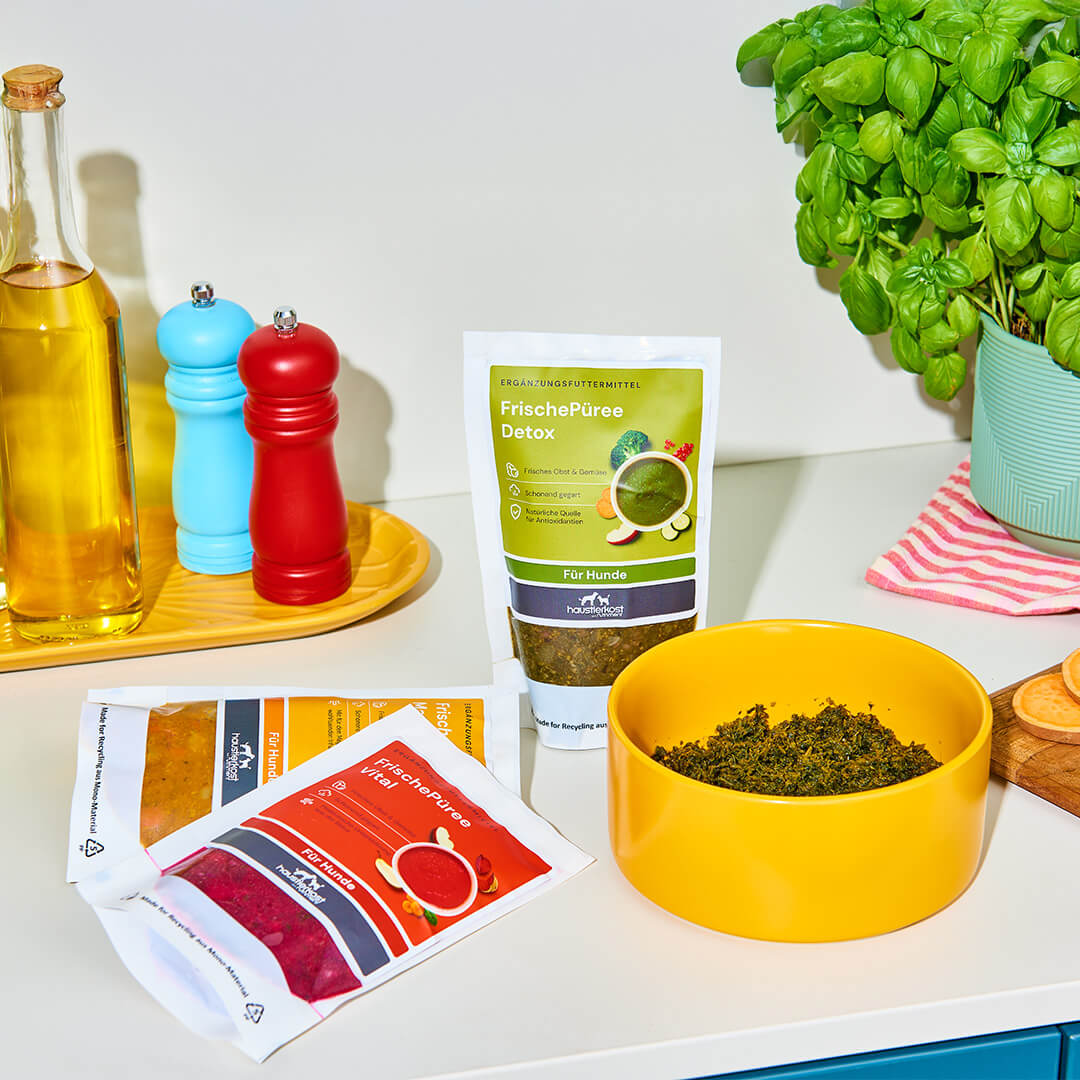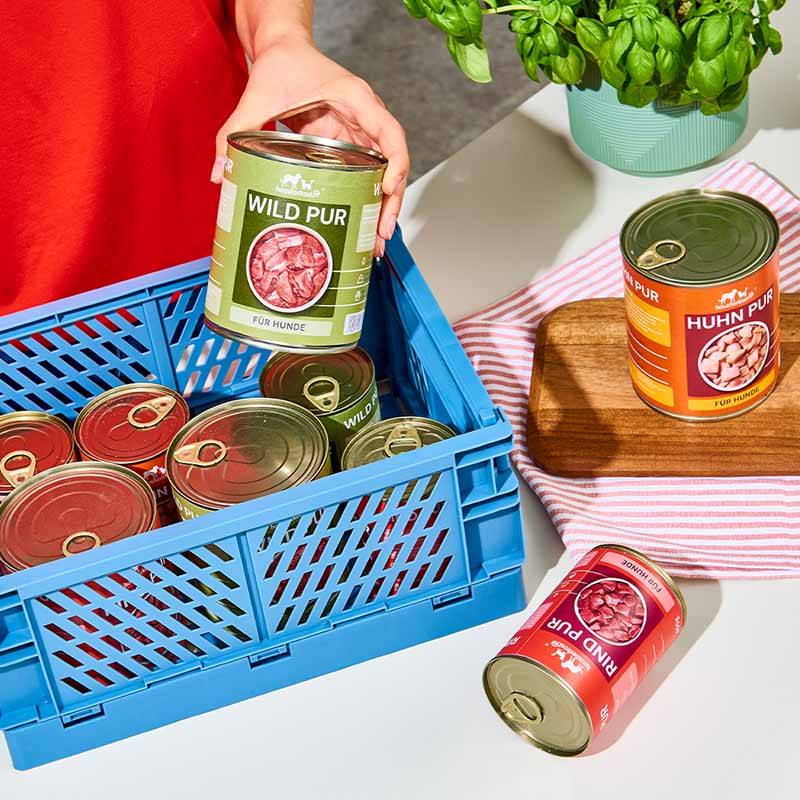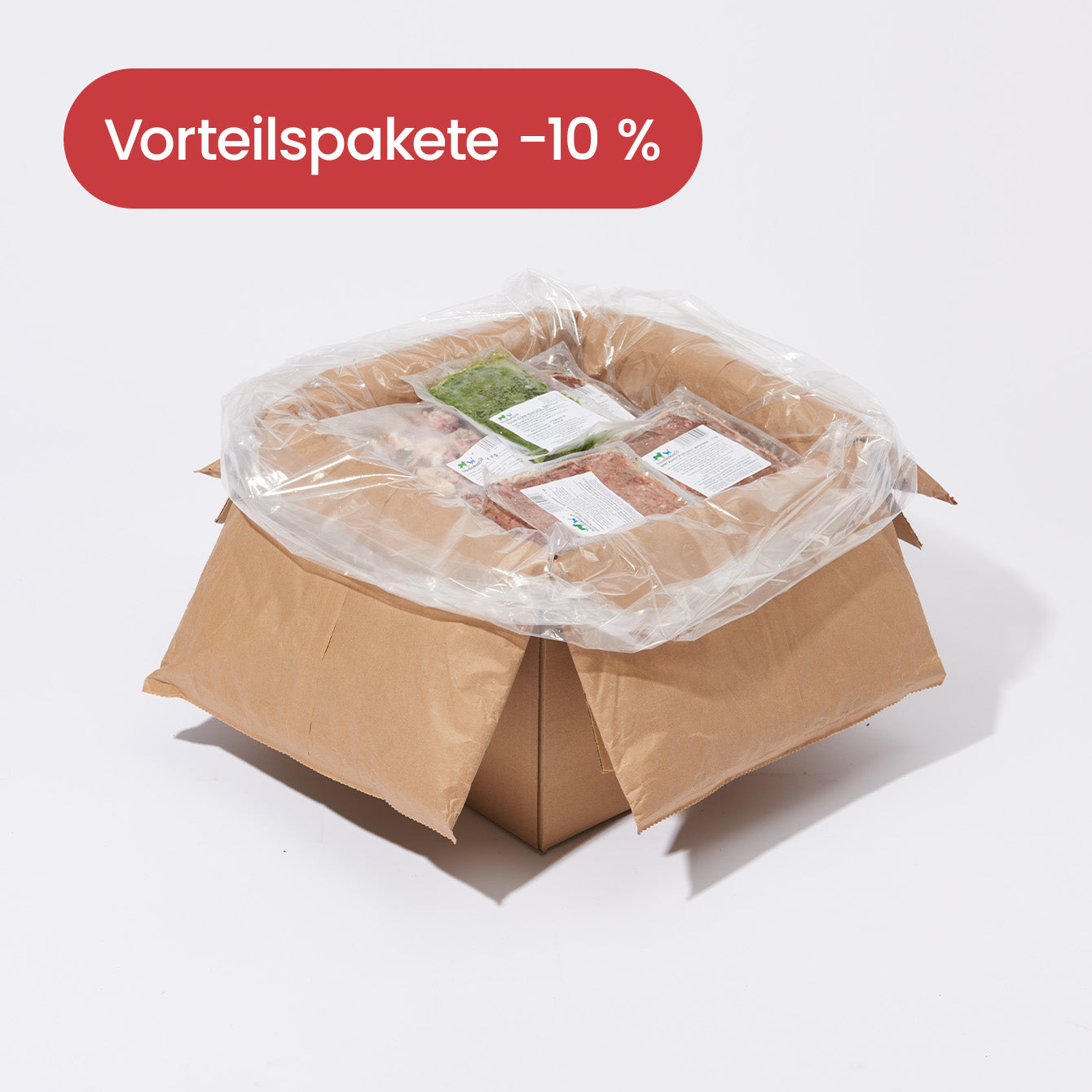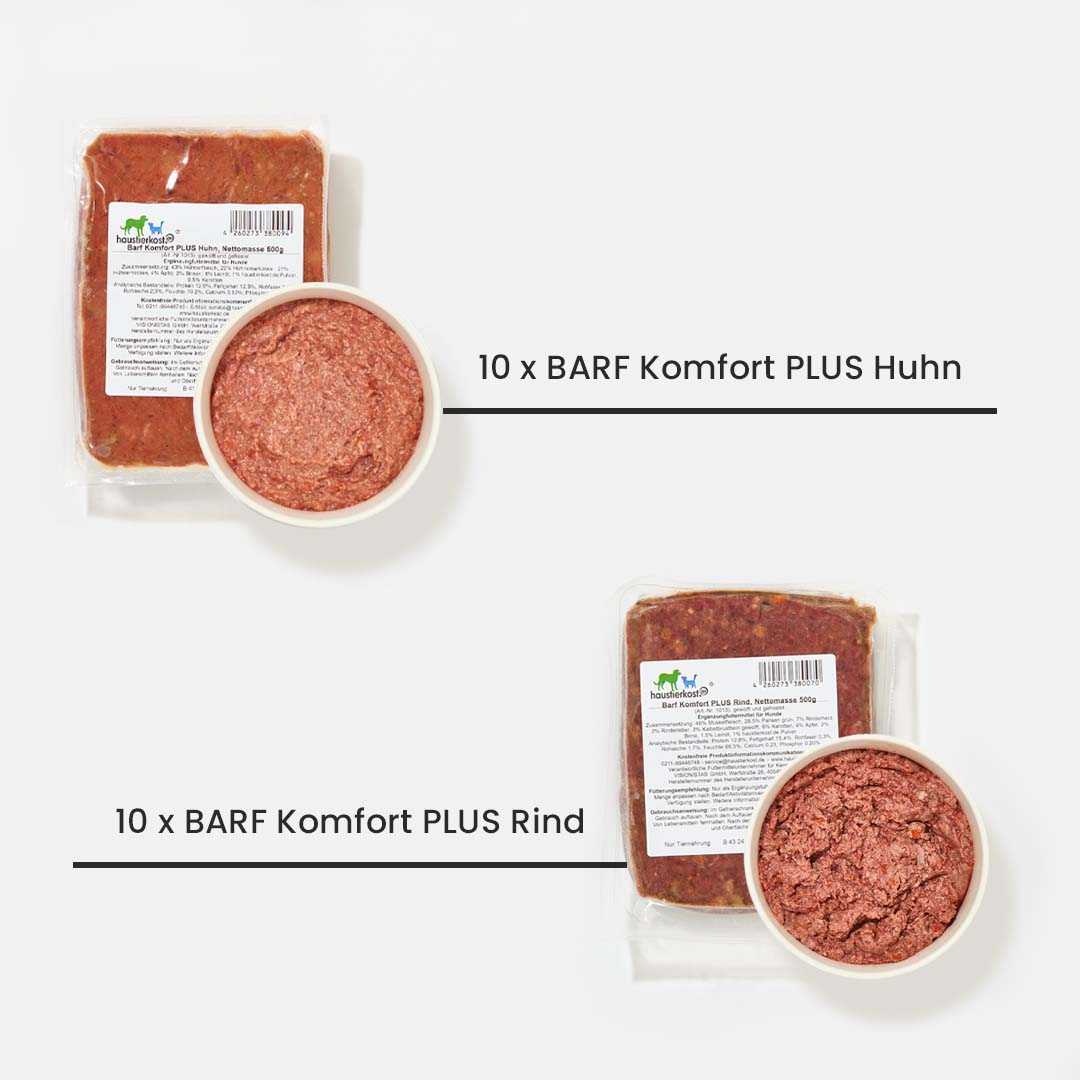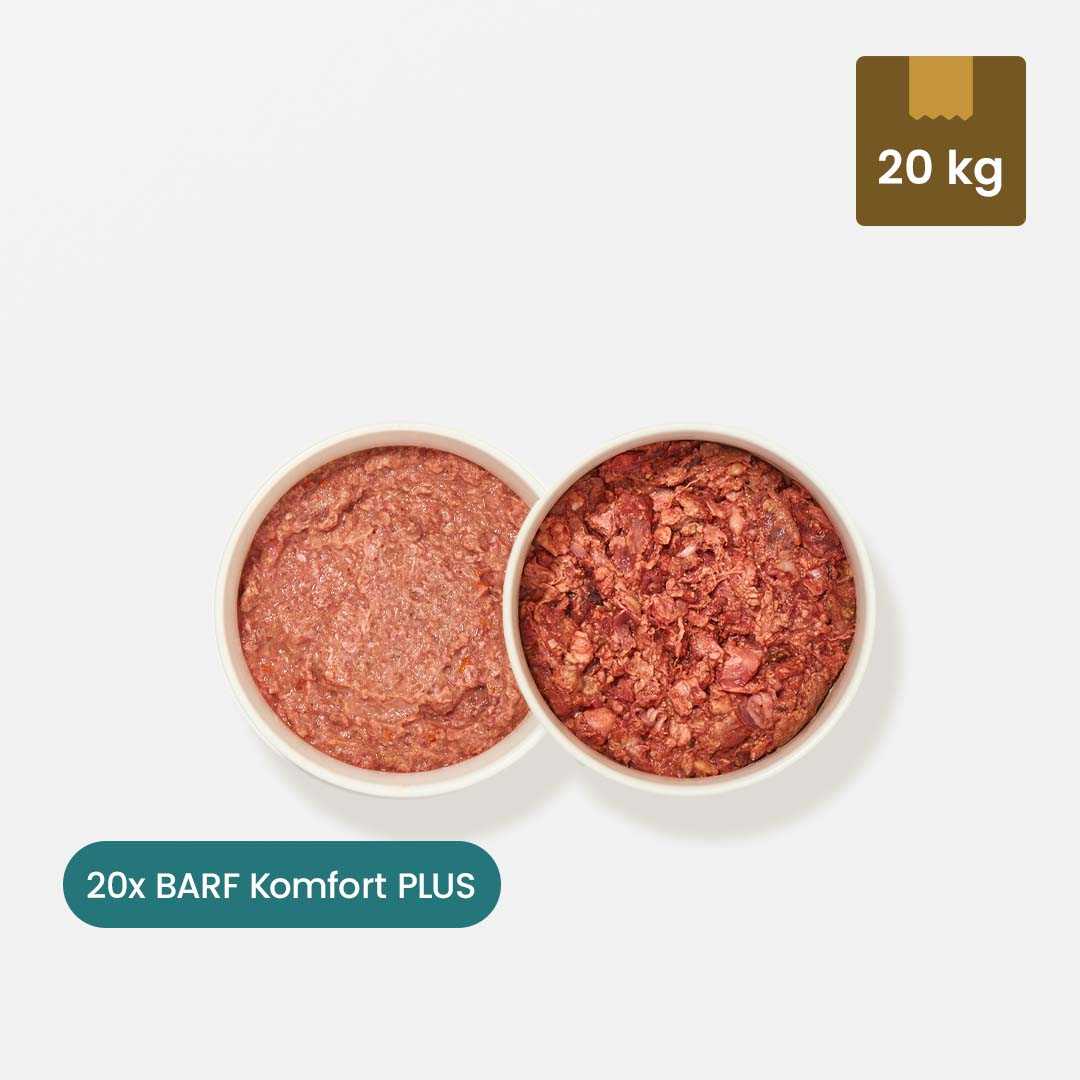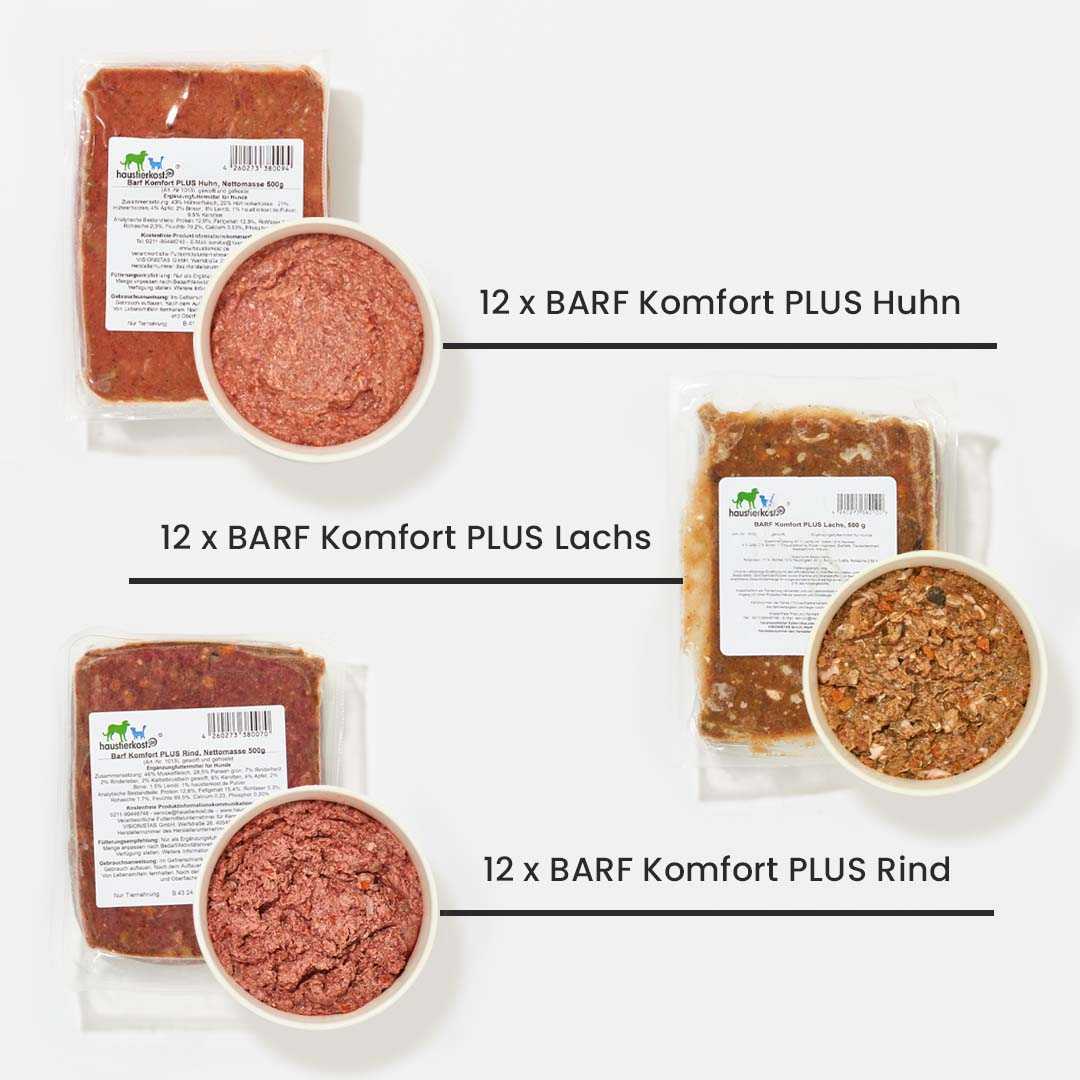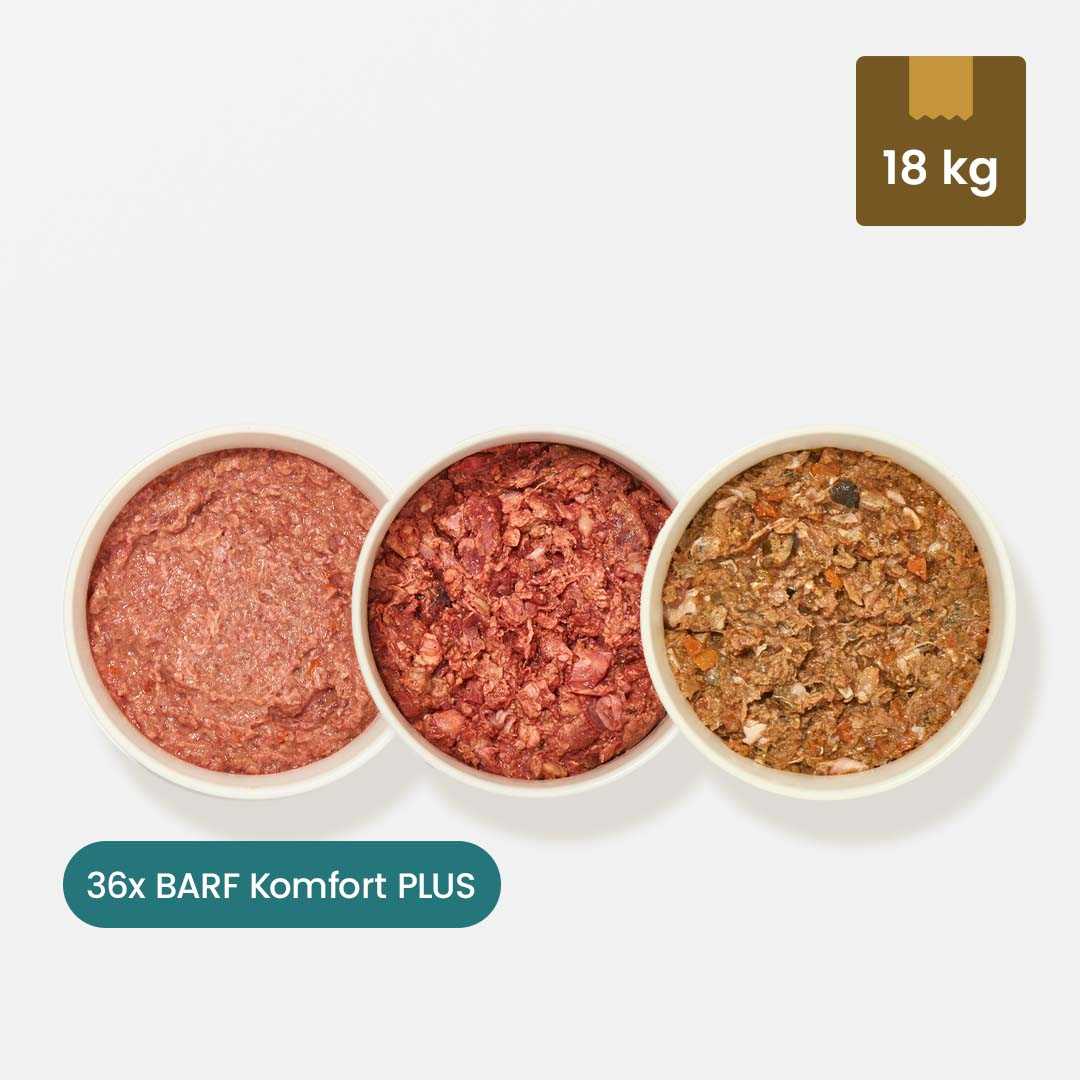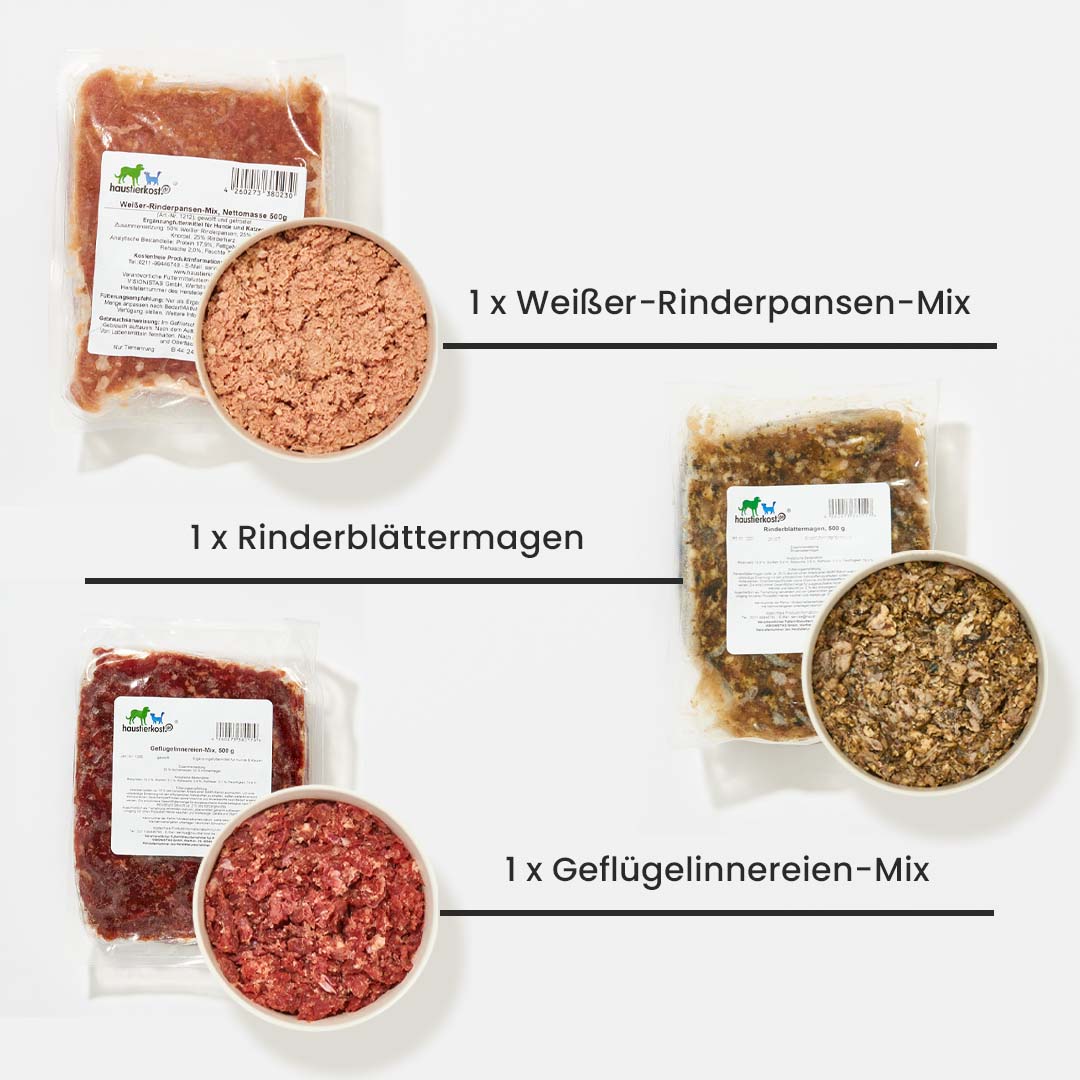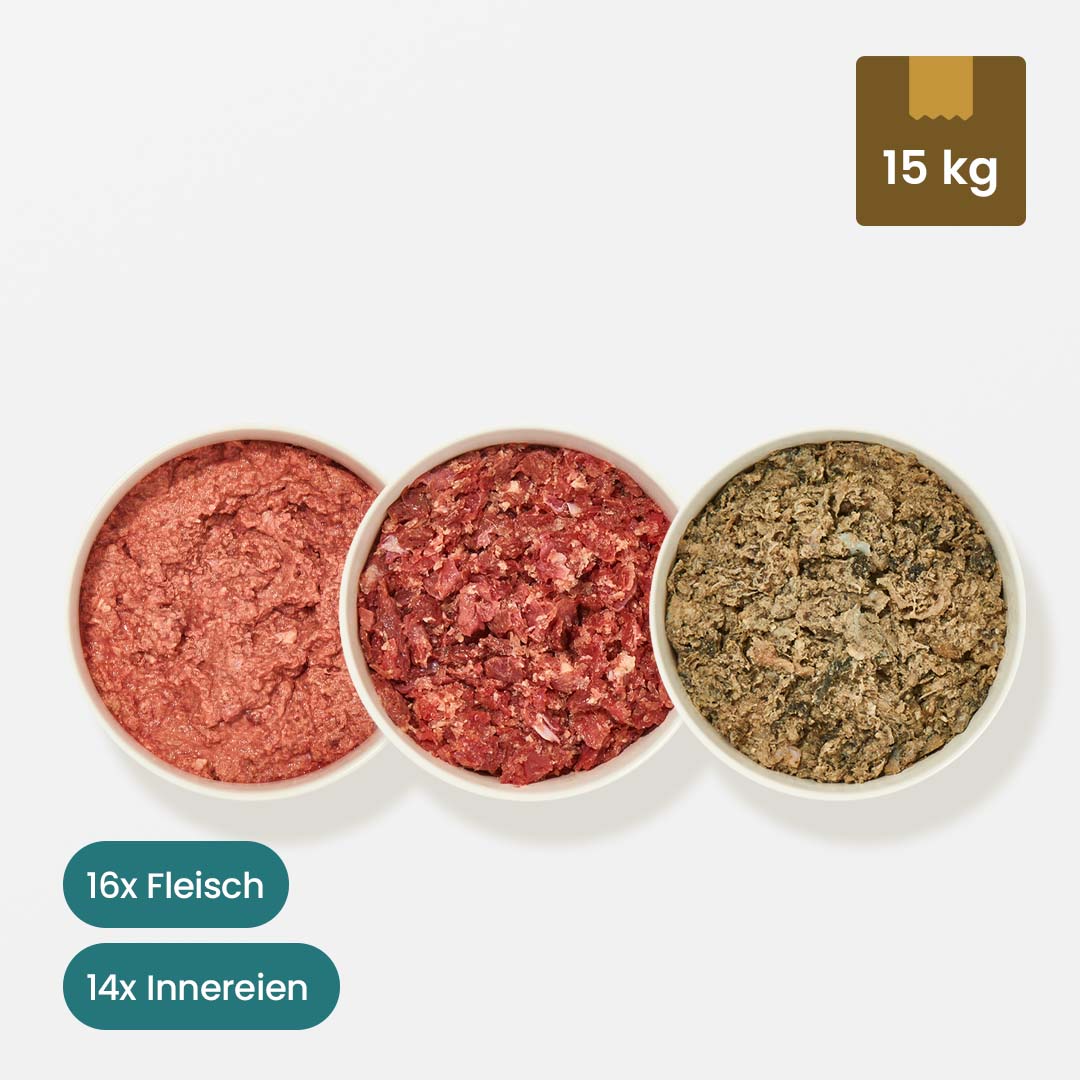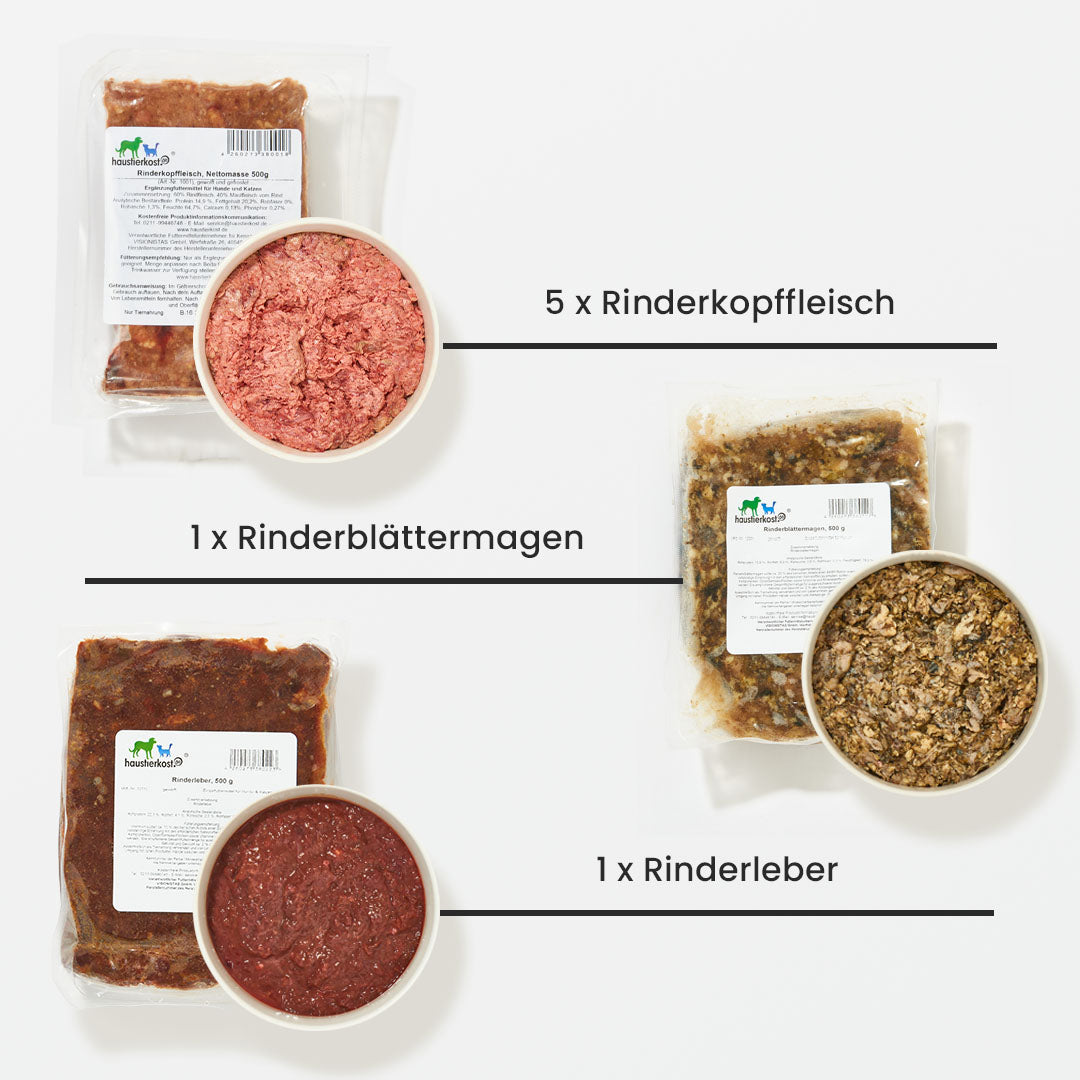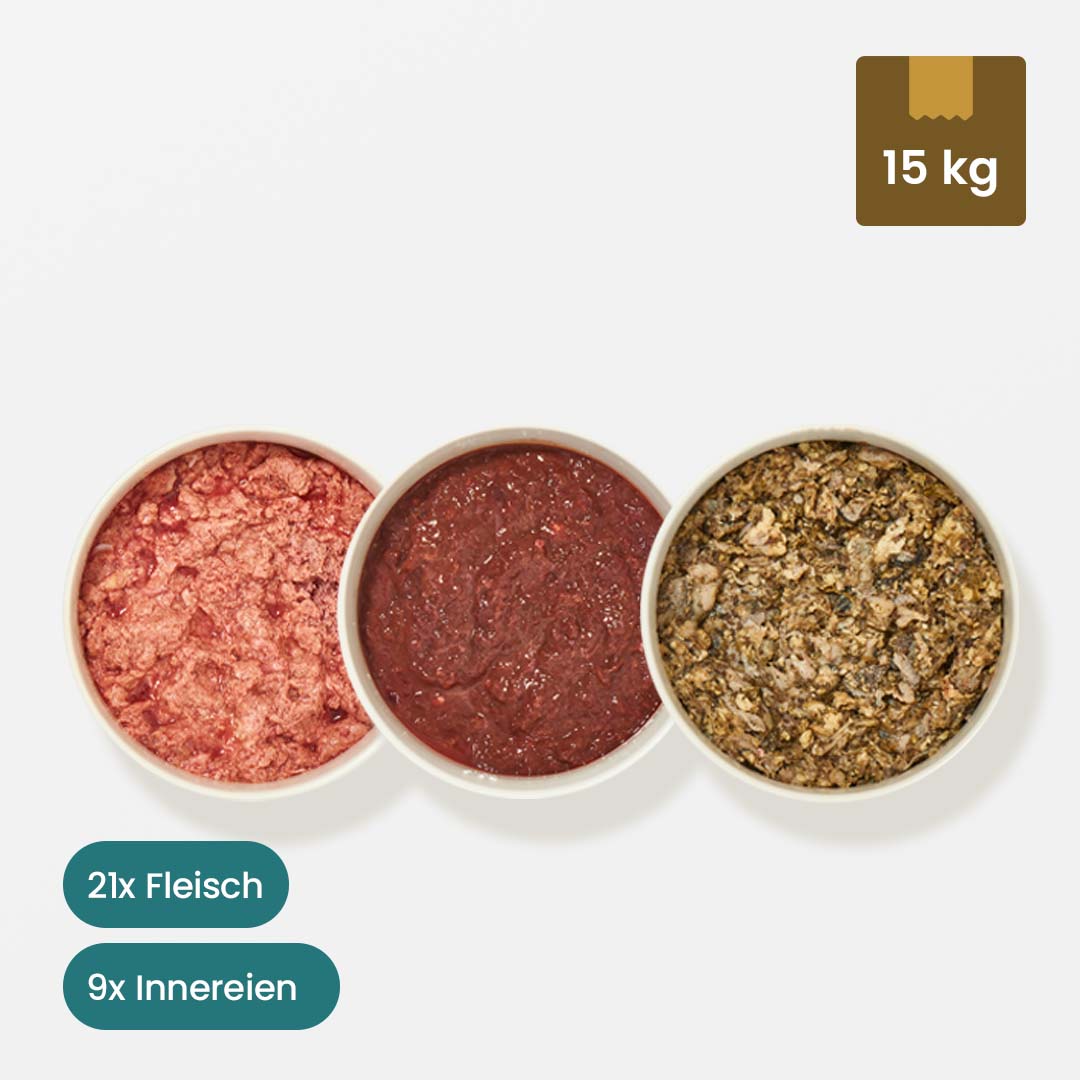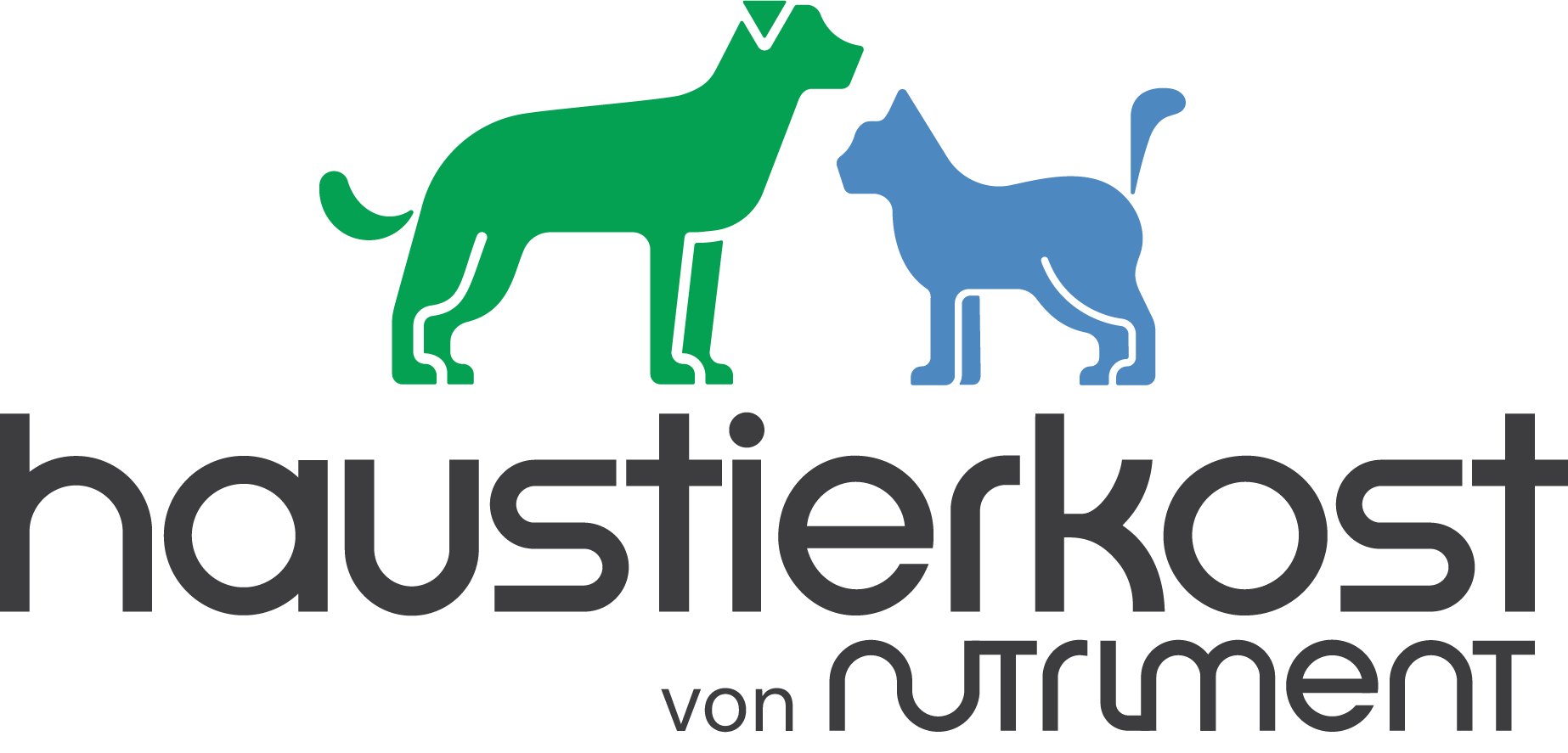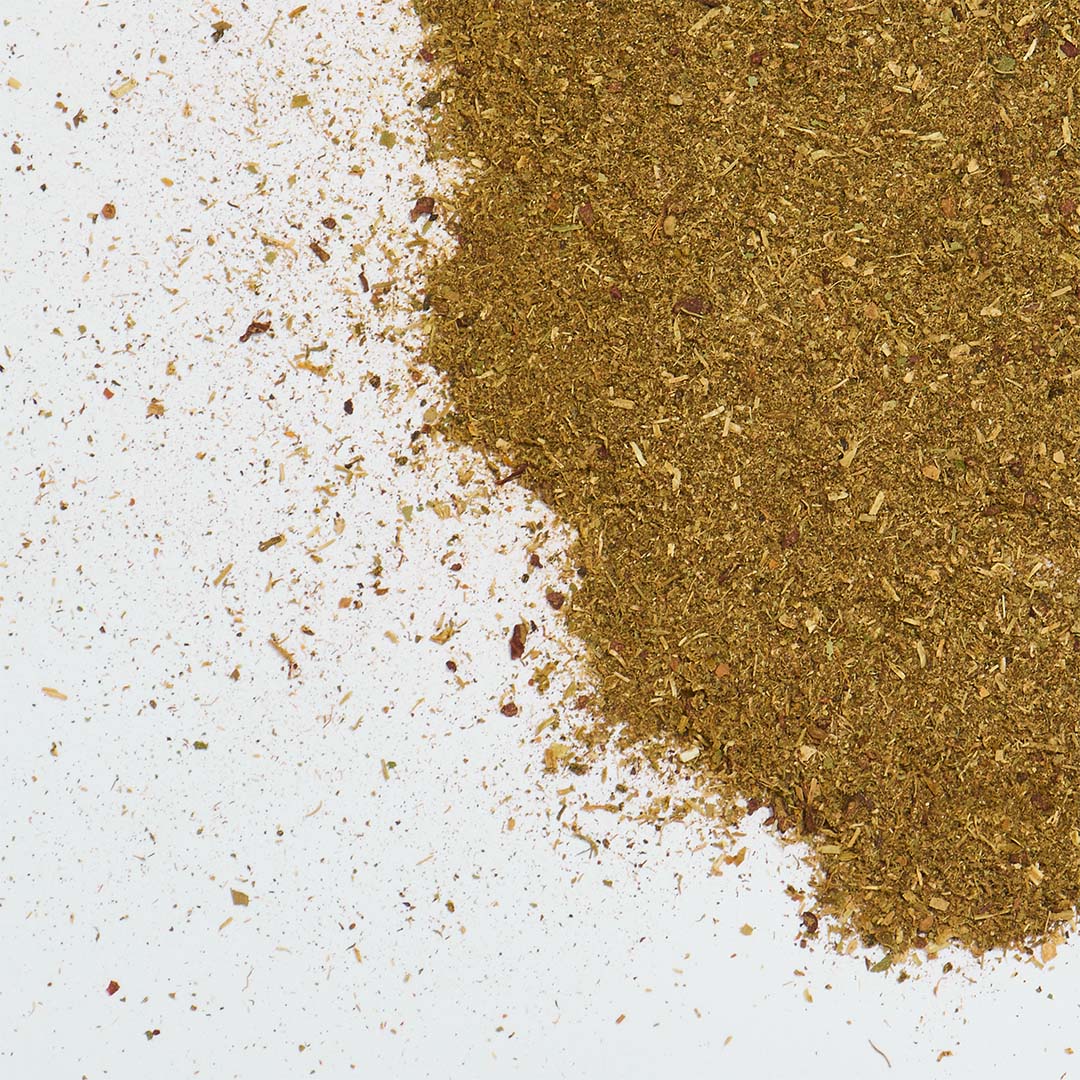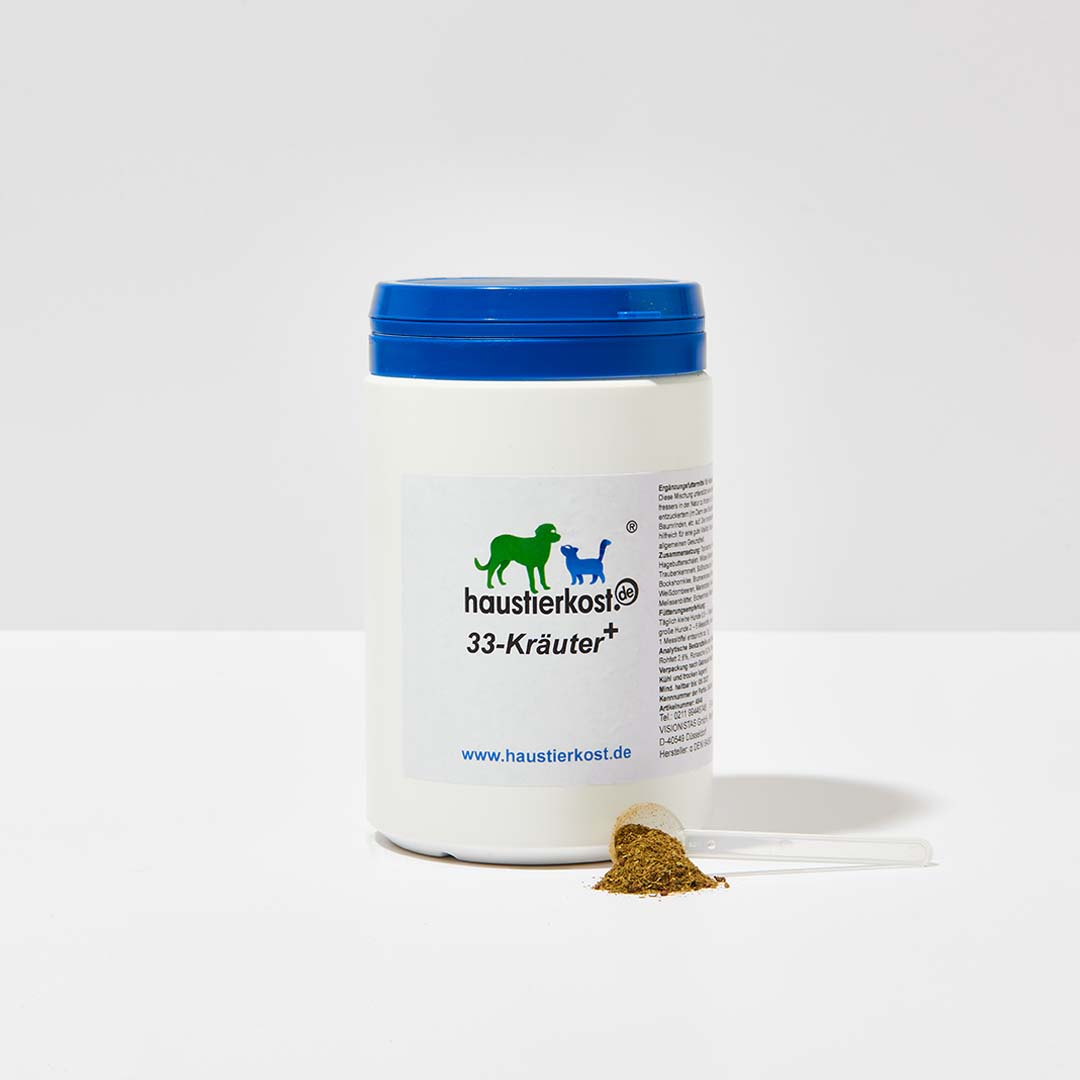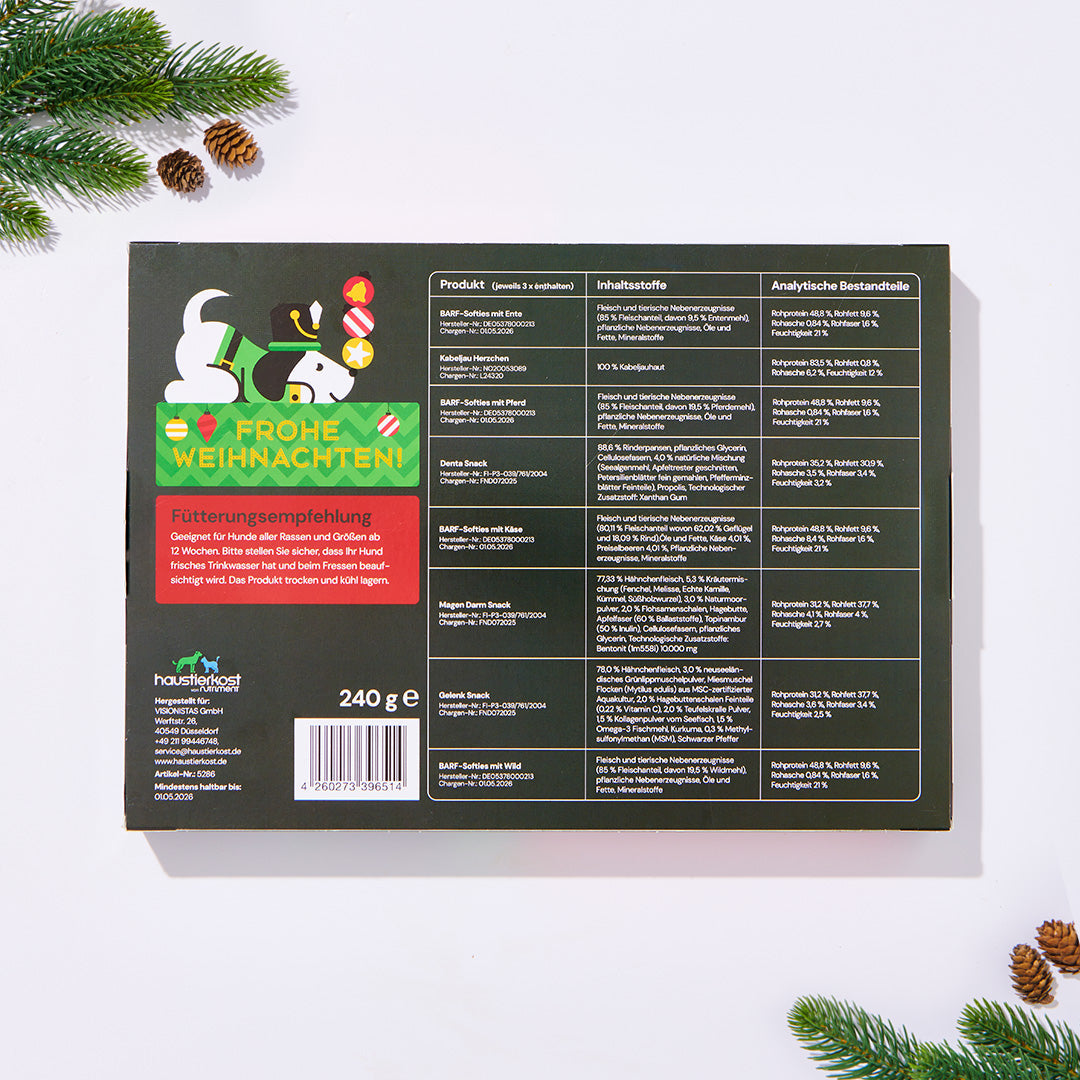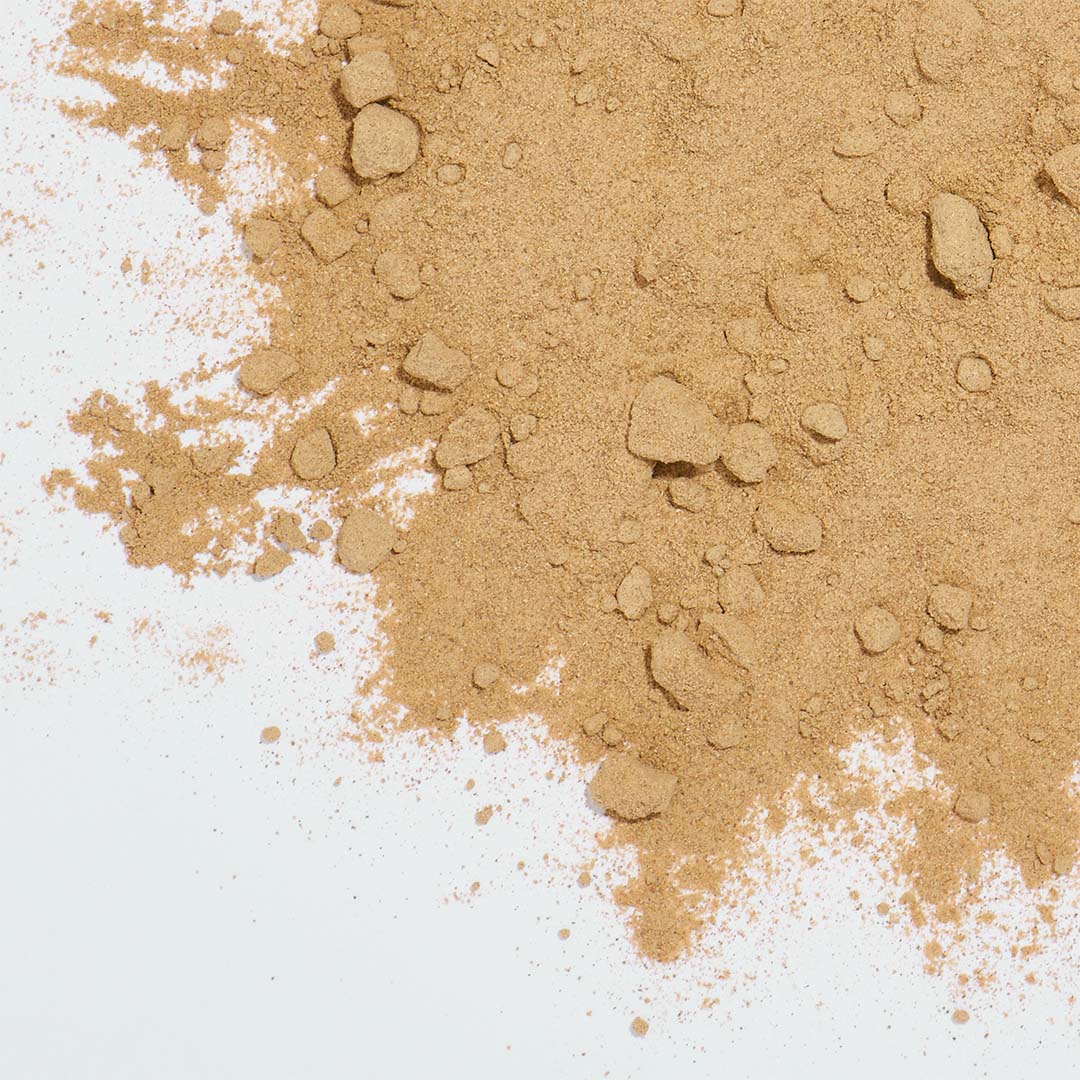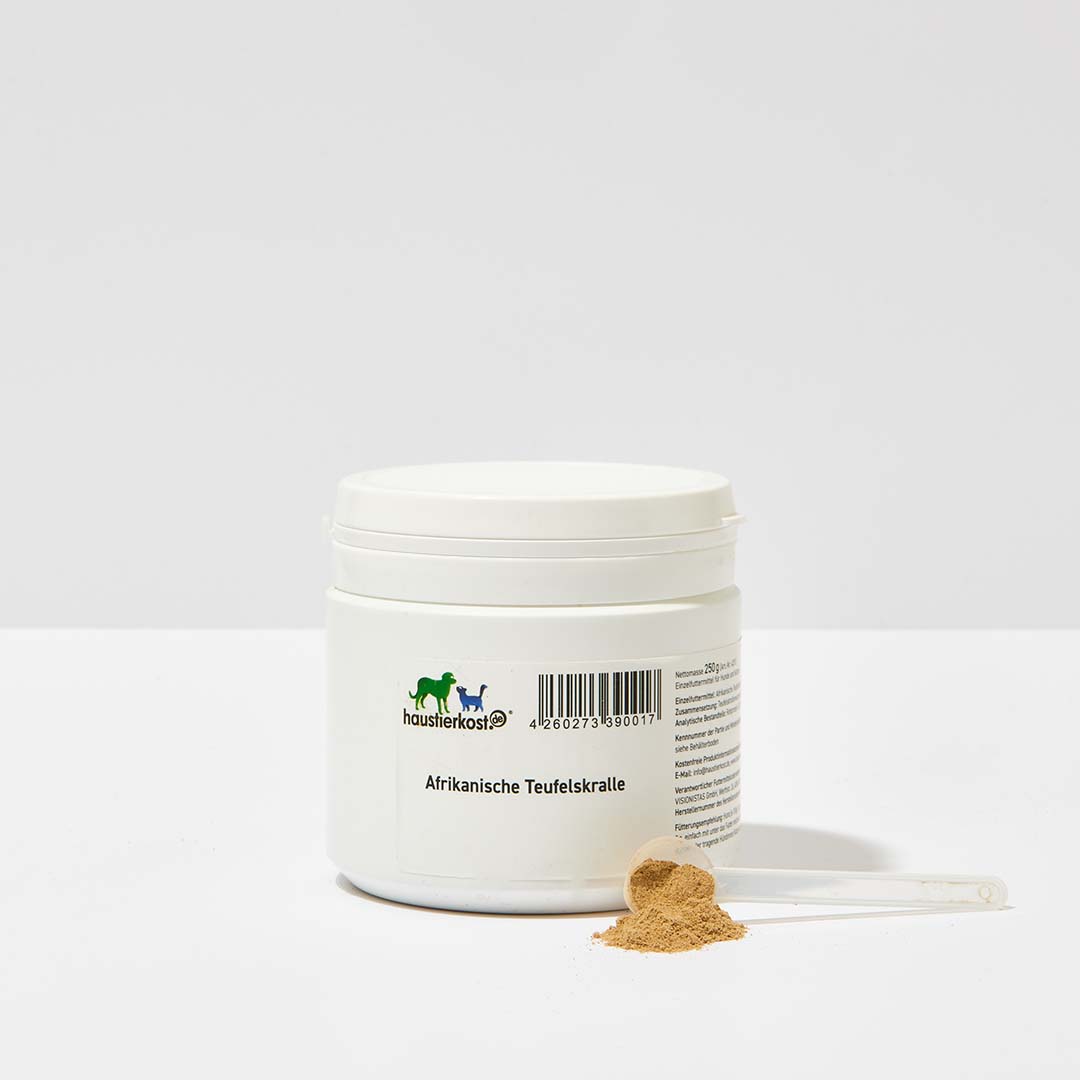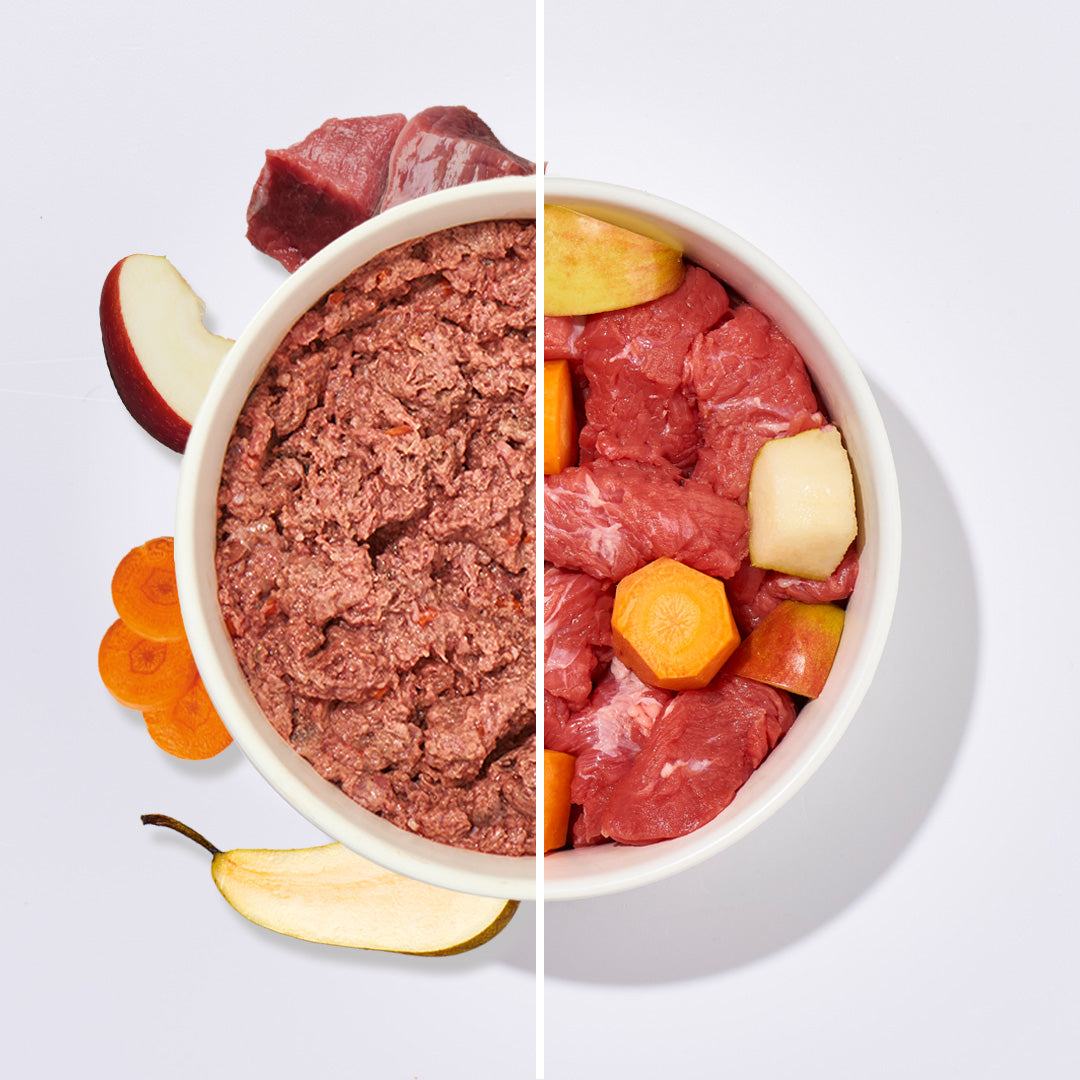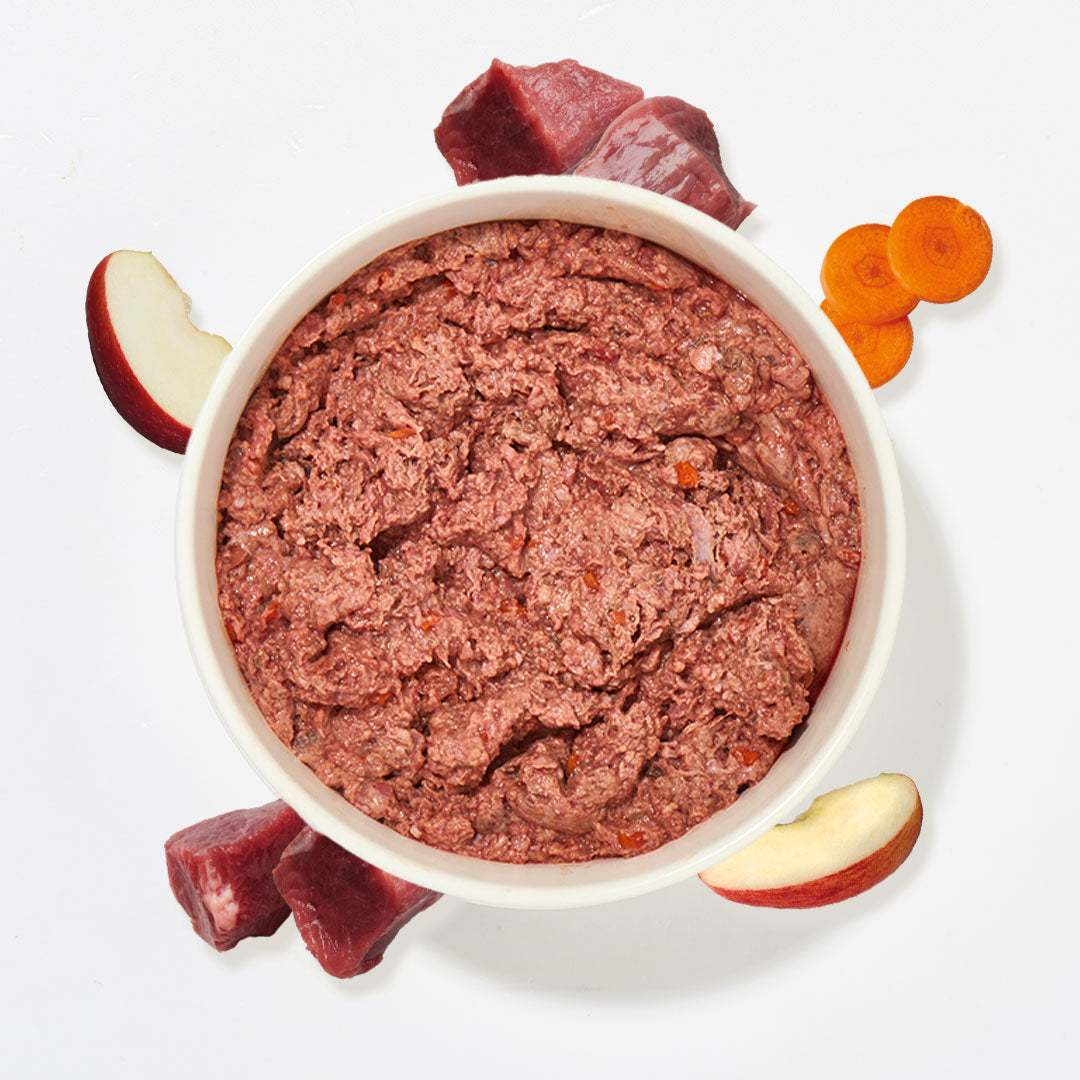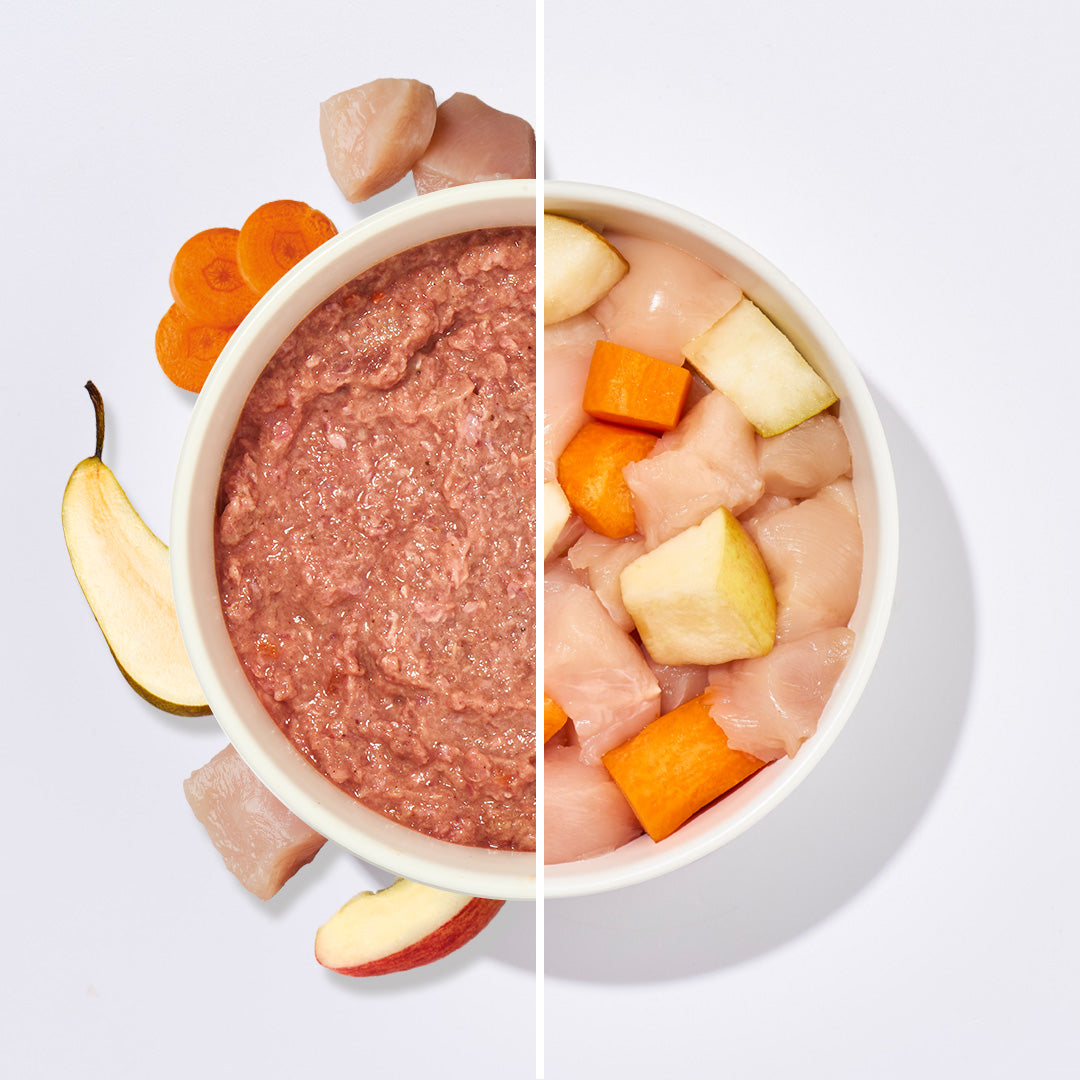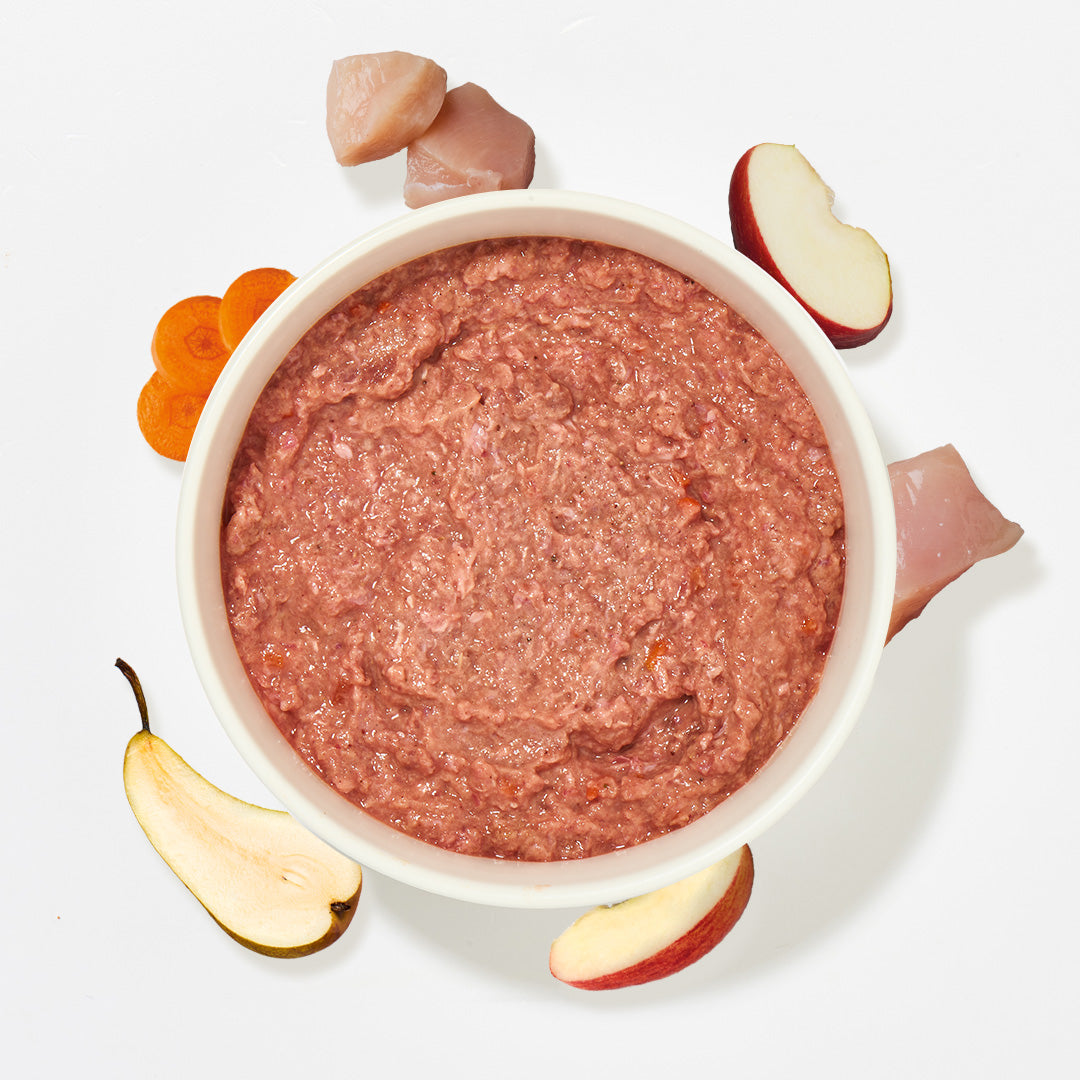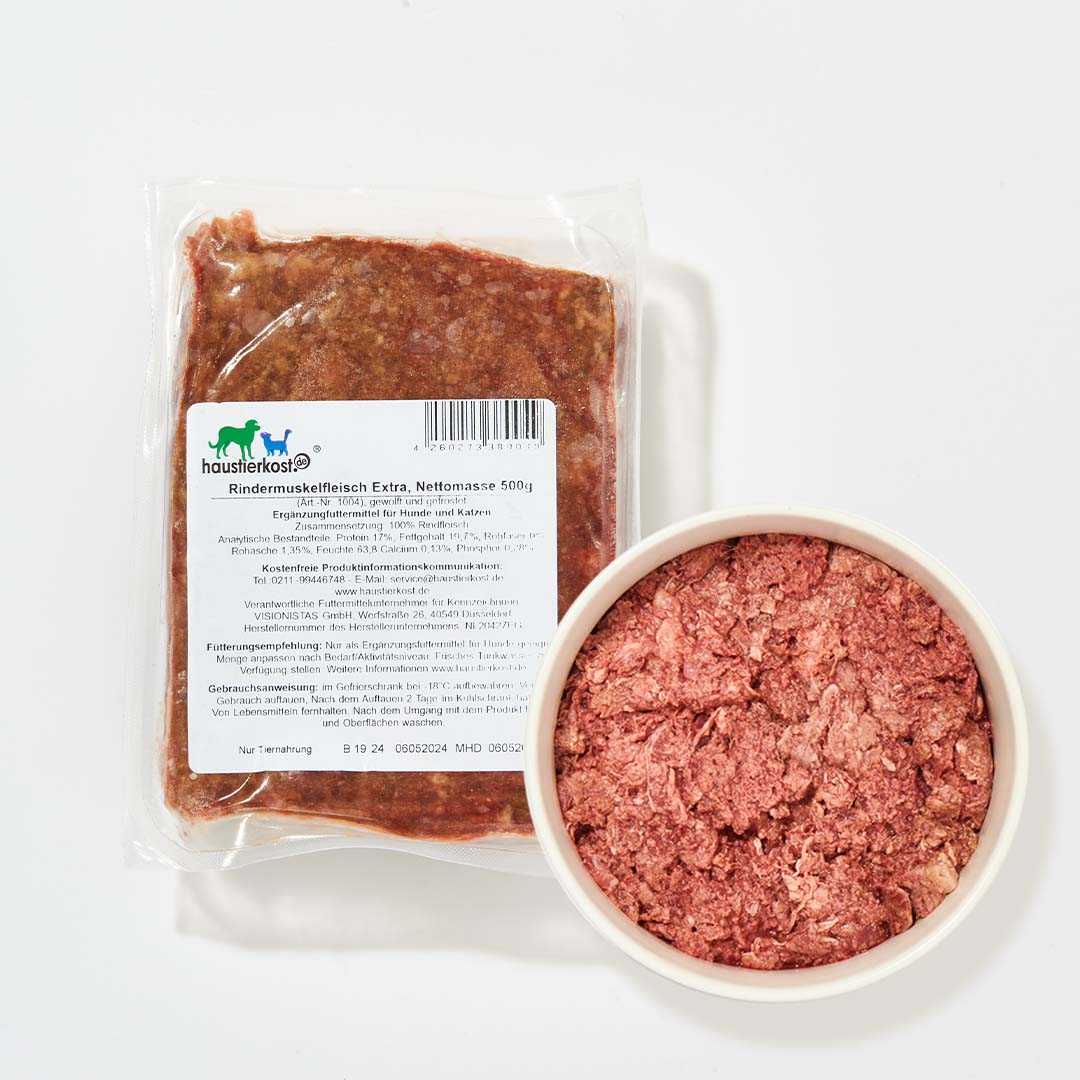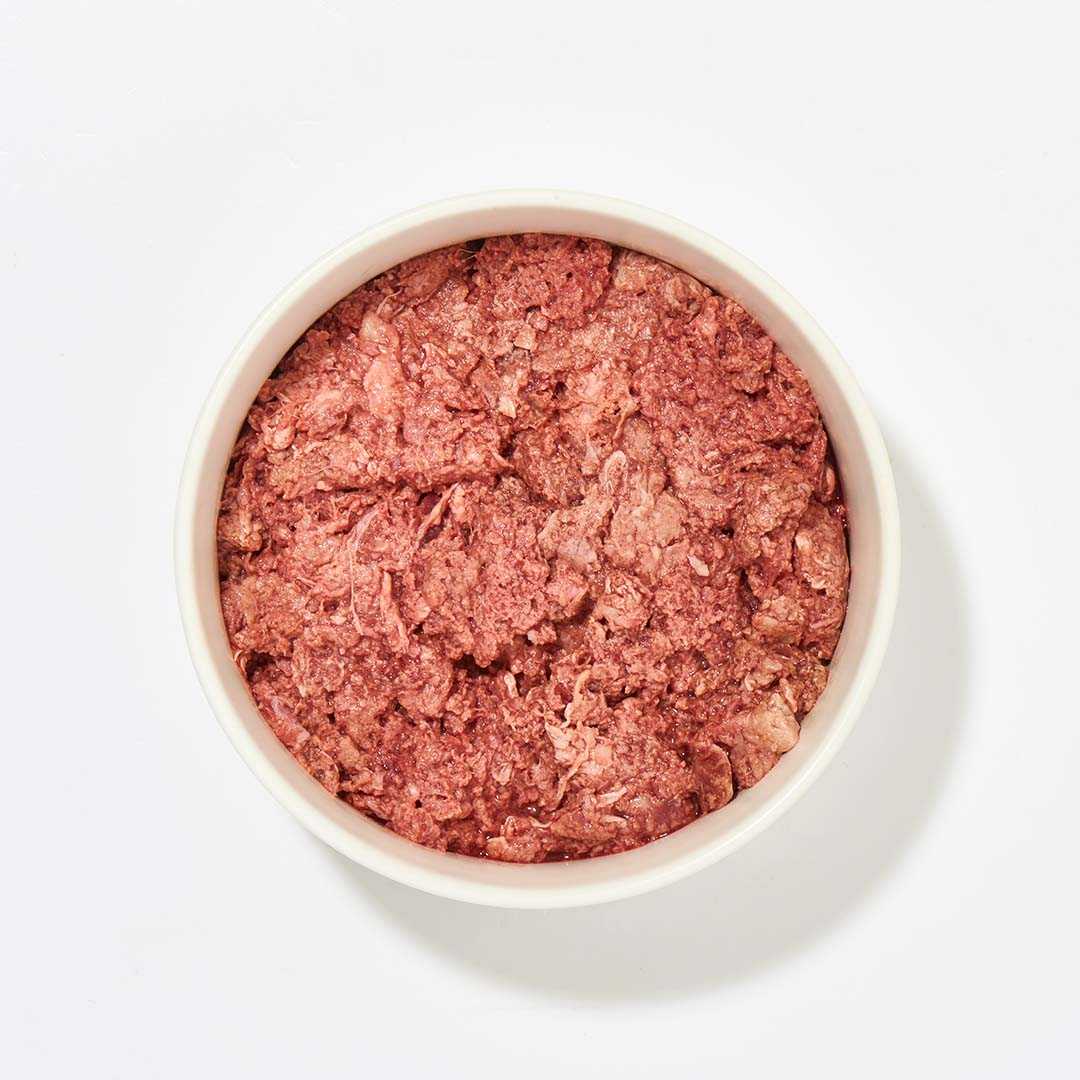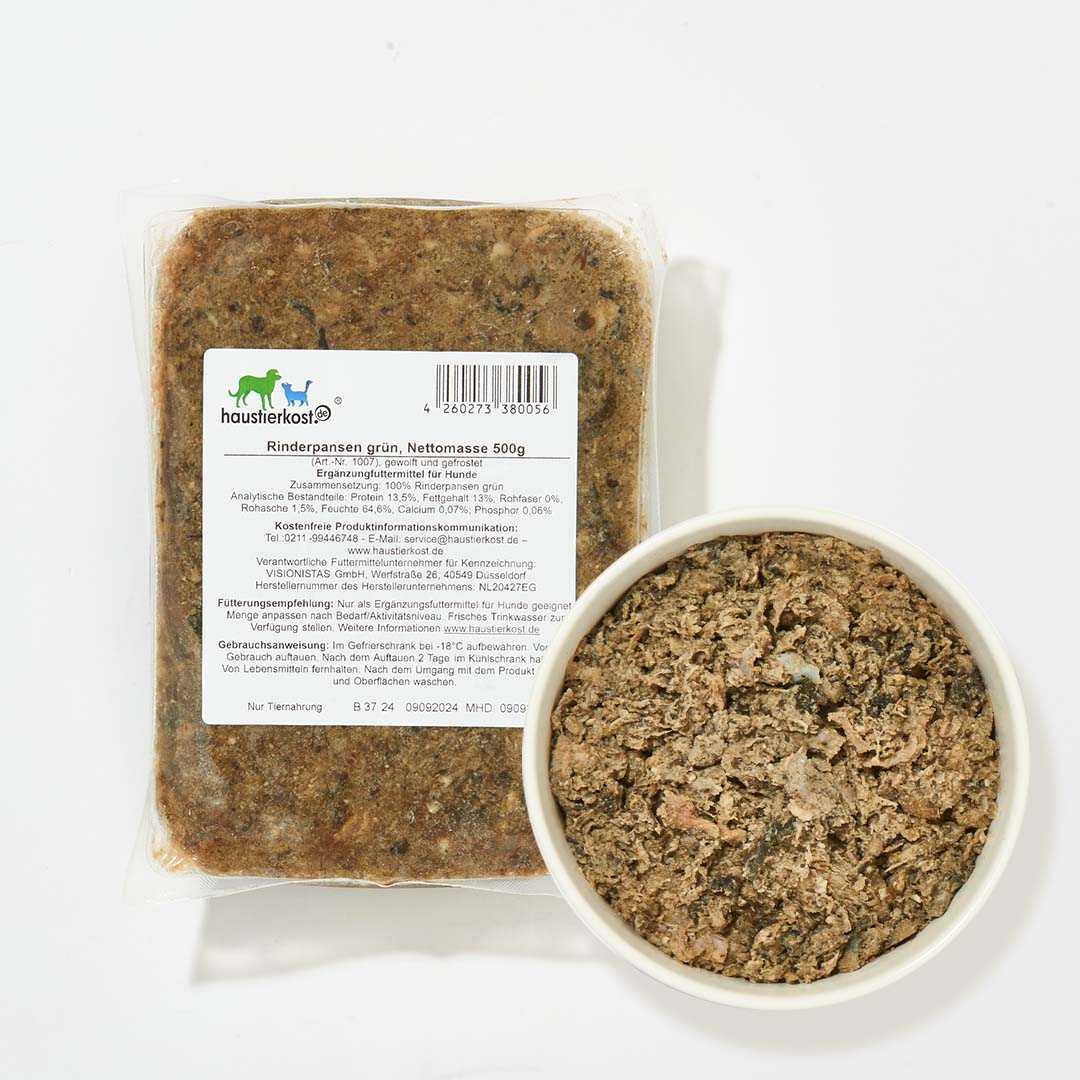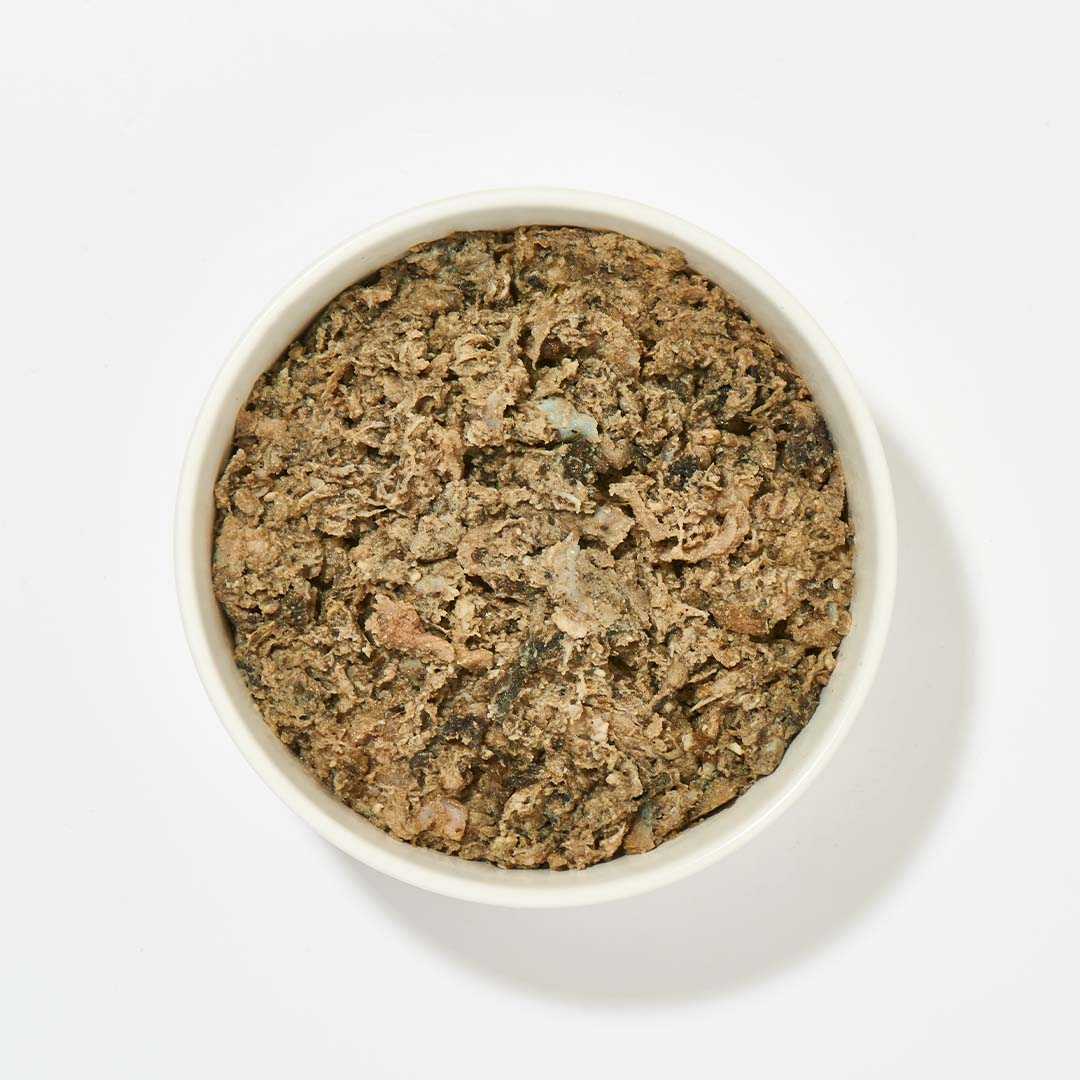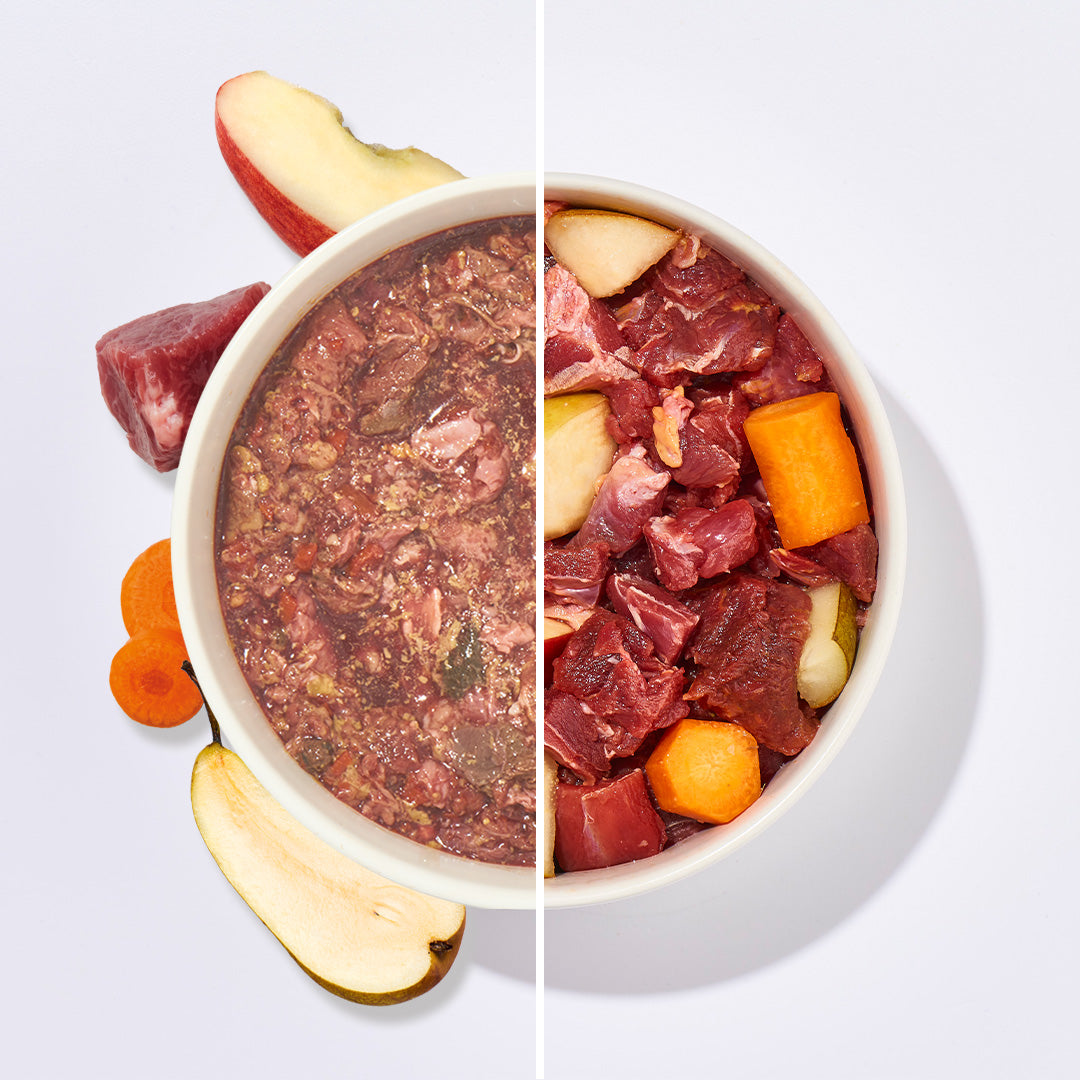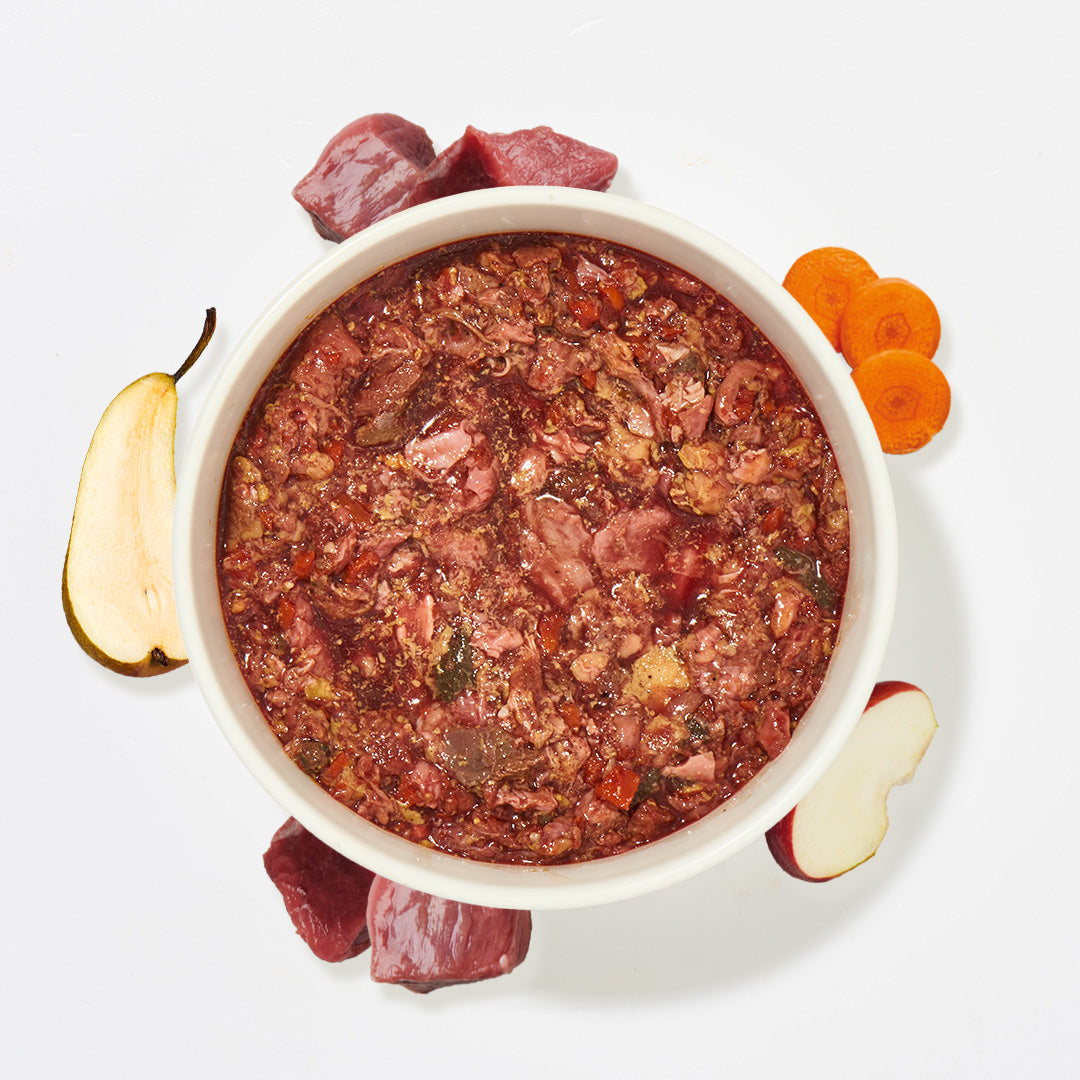In the first part of the BARF Don'ts , the focus was on the animal part of the BARF meal. If you want to BARF your dog properly, you should also pay attention to the right components and the correct preparation, apart from the meat. Grains and starch are not typical for a species-appropriate diet, as is the case in the wild, and some vegetables are not good for four-legged friends. In this article, we will tell you what you should pay attention to when BARFing your dog.
1. Avoiding grains in dogs
BARF is based on the raw and species-appropriate diet for dogs and refers to the diet of the dog's ancestors. In the wild, the prey is eaten directly with all the trimmings. In addition to the meaty part, this also includes the stomach contents of the killed animal. It can happen that grain is found in the stomach alongside the vegetable content. However, the proportion is so small that grain is not typical of the original and natural diet. Therefore, grain should not be used in dog food when BARFing. The carbohydrate source is difficult for the dog's stomach to digest and stays in the stomach longer than the meat or pureed vegetables in the BARF meal. When trying to digest the grain, the dog's body even loses energy that it needs to meet its daily requirements. Wheat, spelt and oats can cause flatulence or, worse, gastric torsion. Furthermore, the types of grain are considered to trigger allergies and intolerances in dogs.
2. Cabbage causes flatulence
Any type of cabbage causes flatulence or stomach pain in dogs when raw, just like in humans. Therefore, all types of cabbage should be kept out of the vegetable portion of the BARF meal. The only cabbage that does not cause flatulence when eaten raw, in small quantities, is Chinese cabbage. However, this should only be fed occasionally.
3. Nuts for dogs
Nuts are very popular with many four-legged friends and are a good little treat for them occasionally. However, owners should be careful with some types of nuts. Nuts are not always ideal or well tolerated by dogs. Macadamia nuts, bitter almonds and nutmegs are harmful to dogs in different ways. Macadamia nuts can cause fever and vomiting as well as symptoms of weakness in four-legged friends. The amaygdalin contained in bitter almonds releases poisonous hydrogen cyanide during the digestive process and nutmeg is very poisonous even in small quantities. Nuts that do not contain any toxic substances for dogs include unsalted cashews, hazelnuts and walnuts.
4.Vegetables for dogs
Vegetables should not be missing from any BARF meal. A proportion of 20 to 30 percent of the daily ration is recommended. This also includes fruit, with vegetables making up two thirds and fruit one third. Vegetables for dogs can be carrots, pumpkin or zucchini, for example. The vegetables should be served raw, pureed or steamed. The pureed vegetables break down the difficult-to-digest plant structures. If you don't have the time to puree, you can use ready-made fruit and vegetable mixes . This not only saves time, but also brings variety to the bowl.
As with nuts, not all vegetables are suitable for BARF and are not well tolerated by dogs. These include allium vegetables such as leeks, raw potatoes, green peppers, eggplant or avocado.
